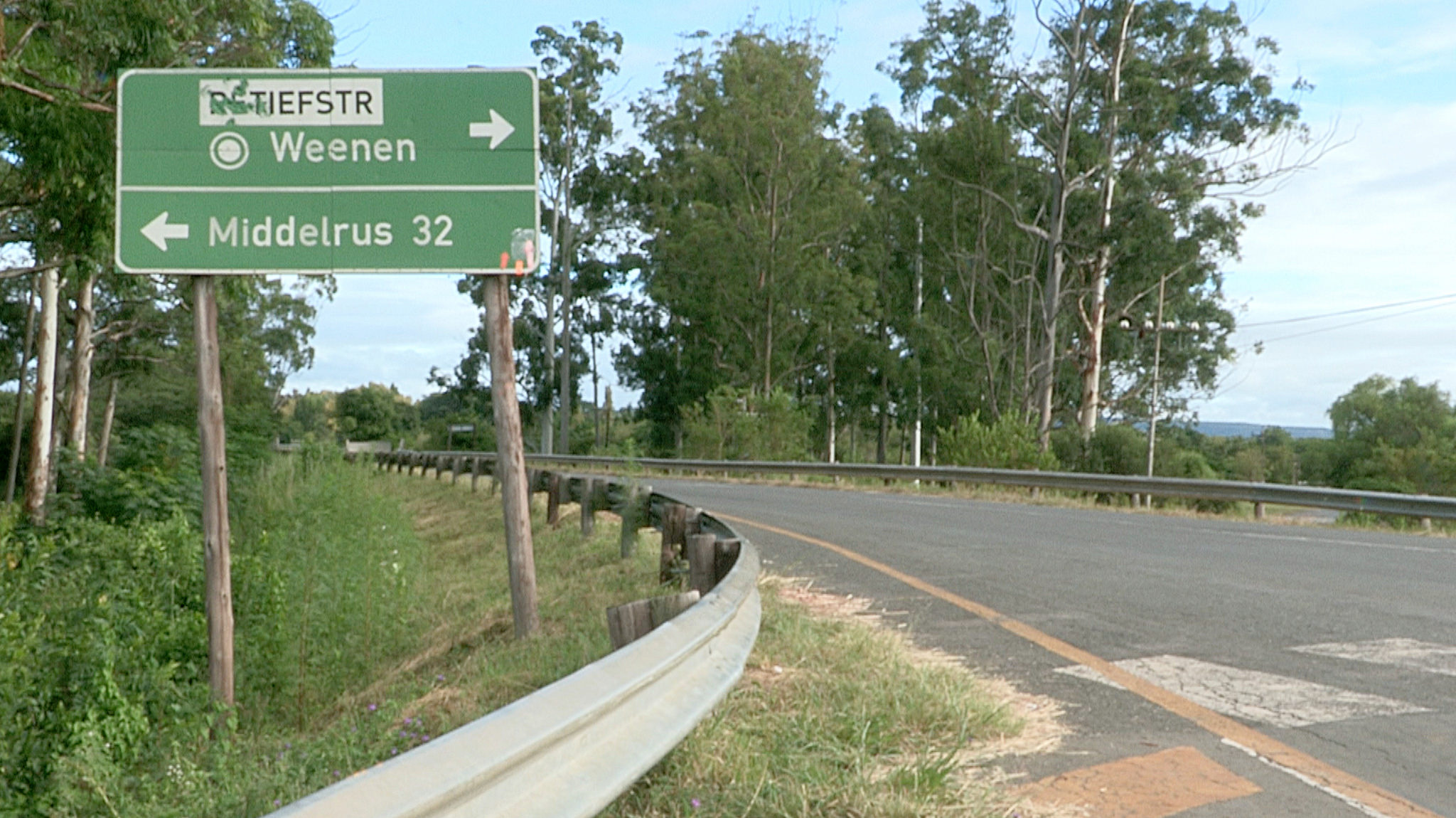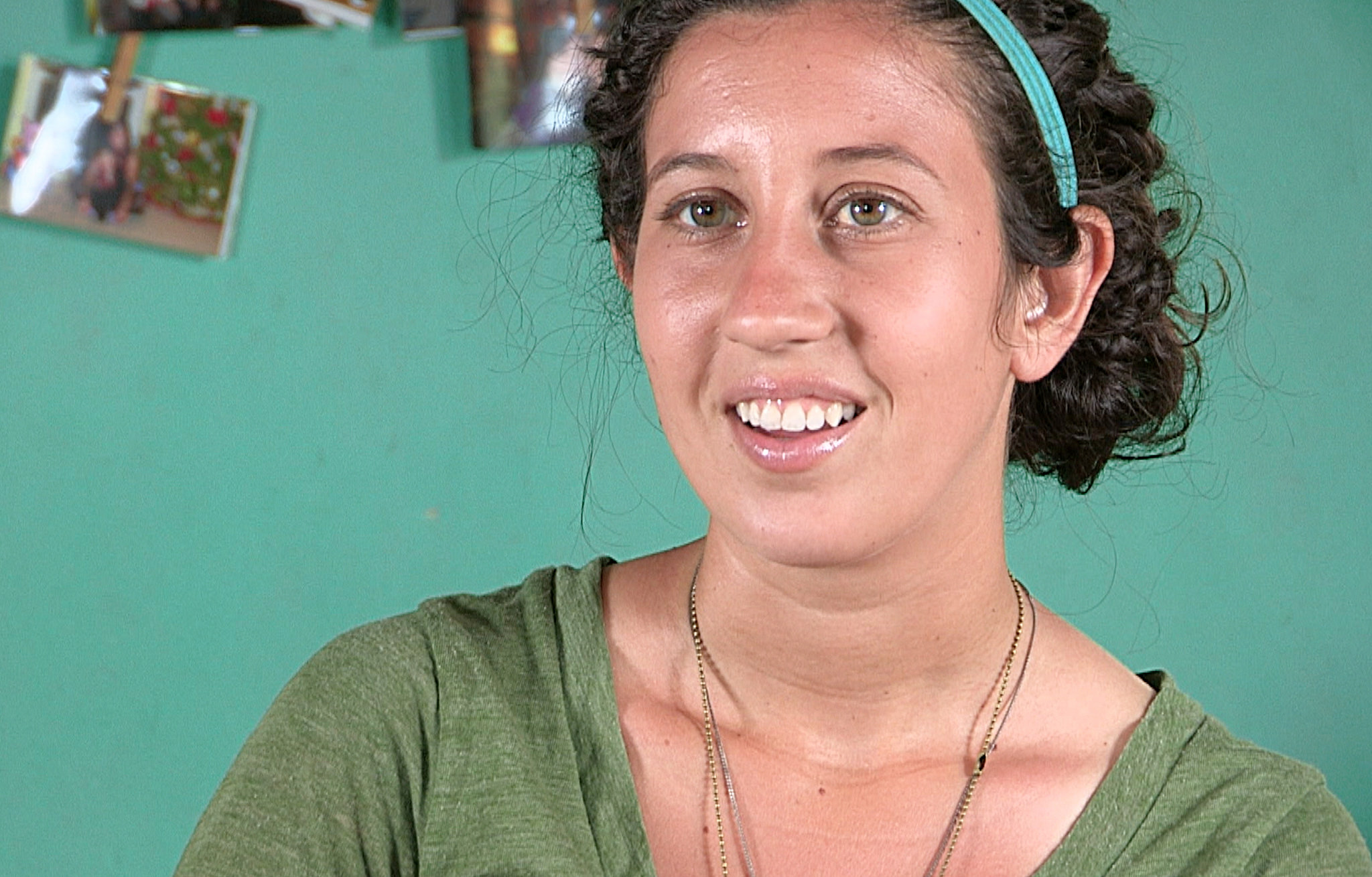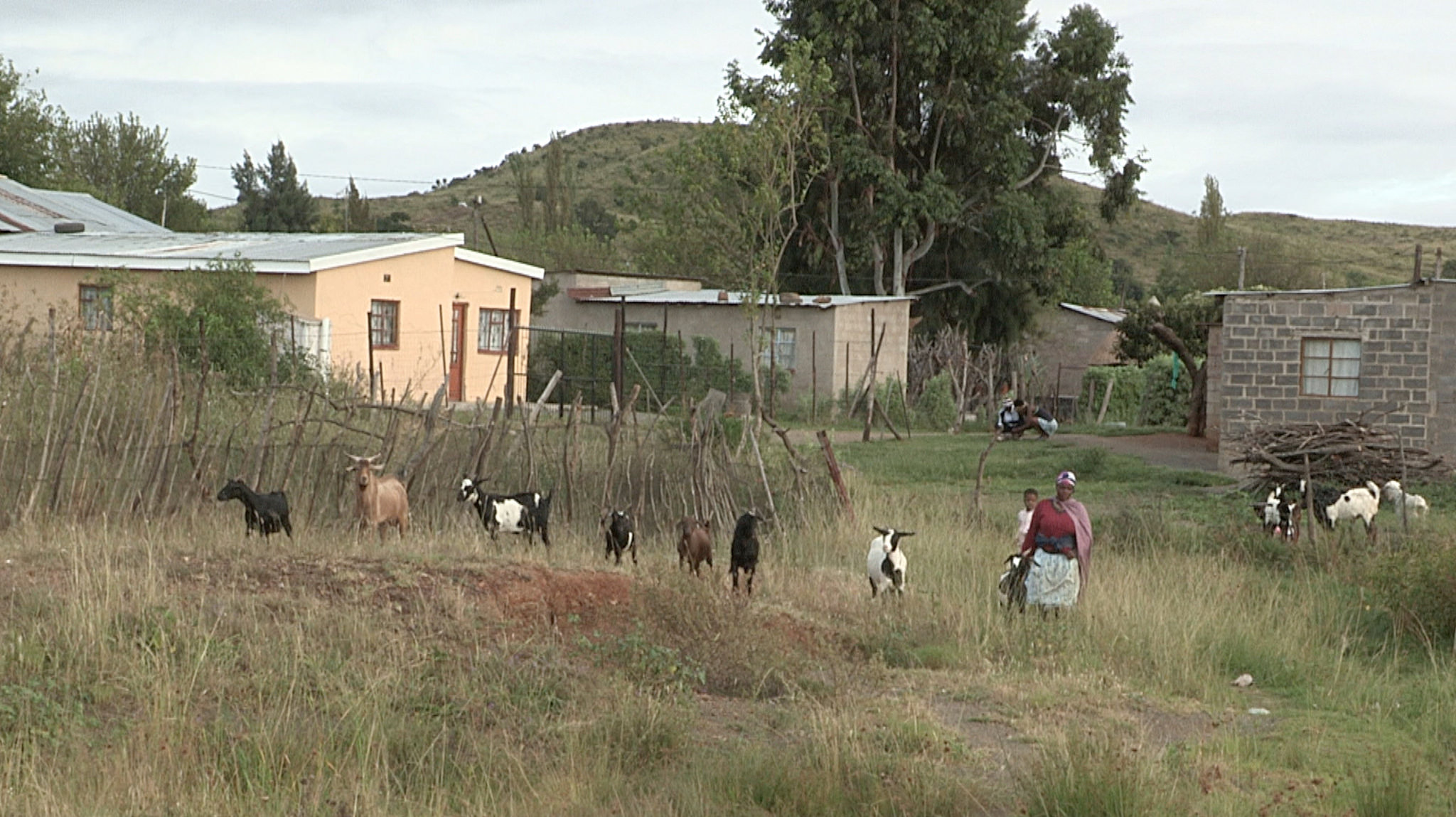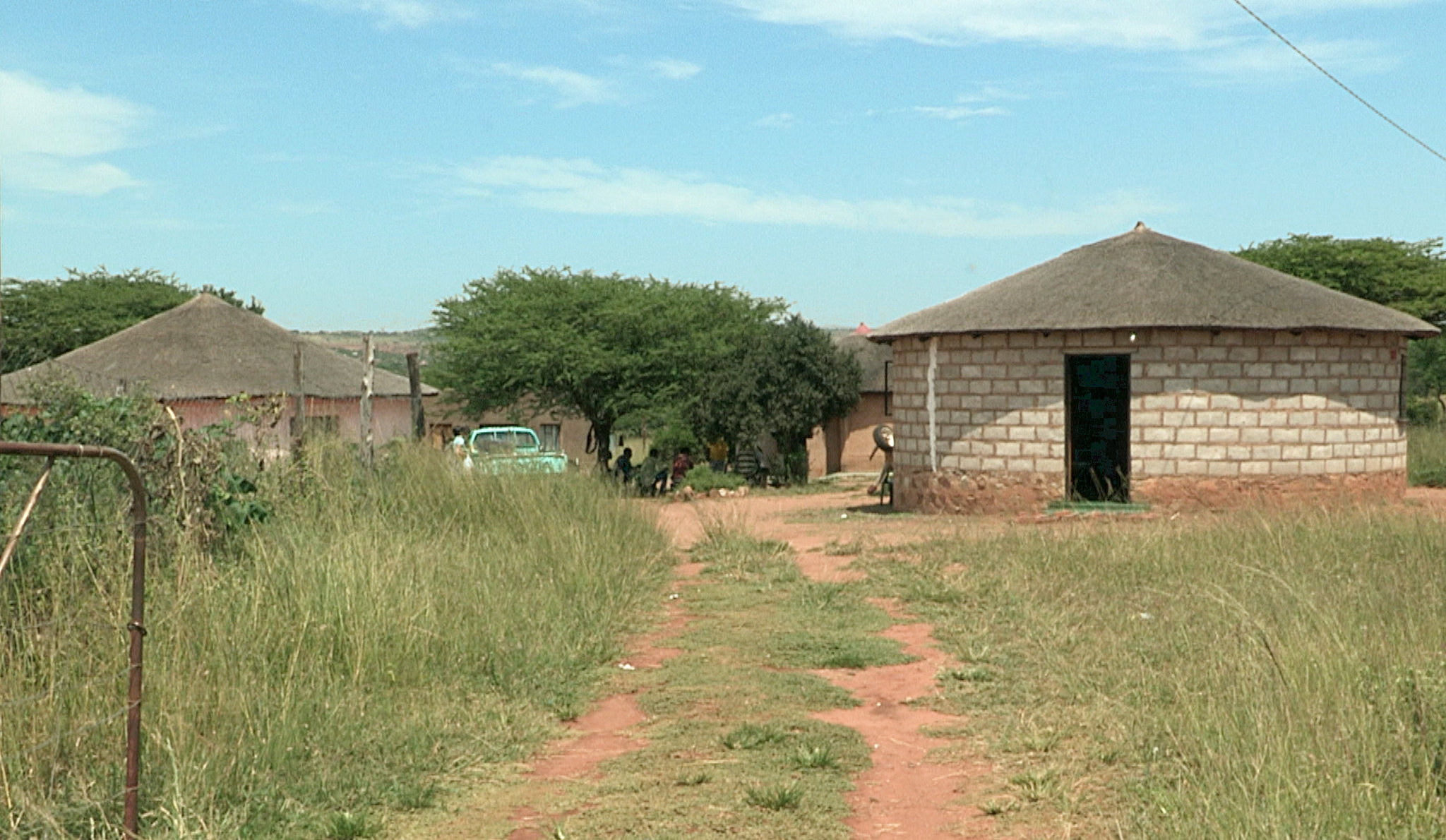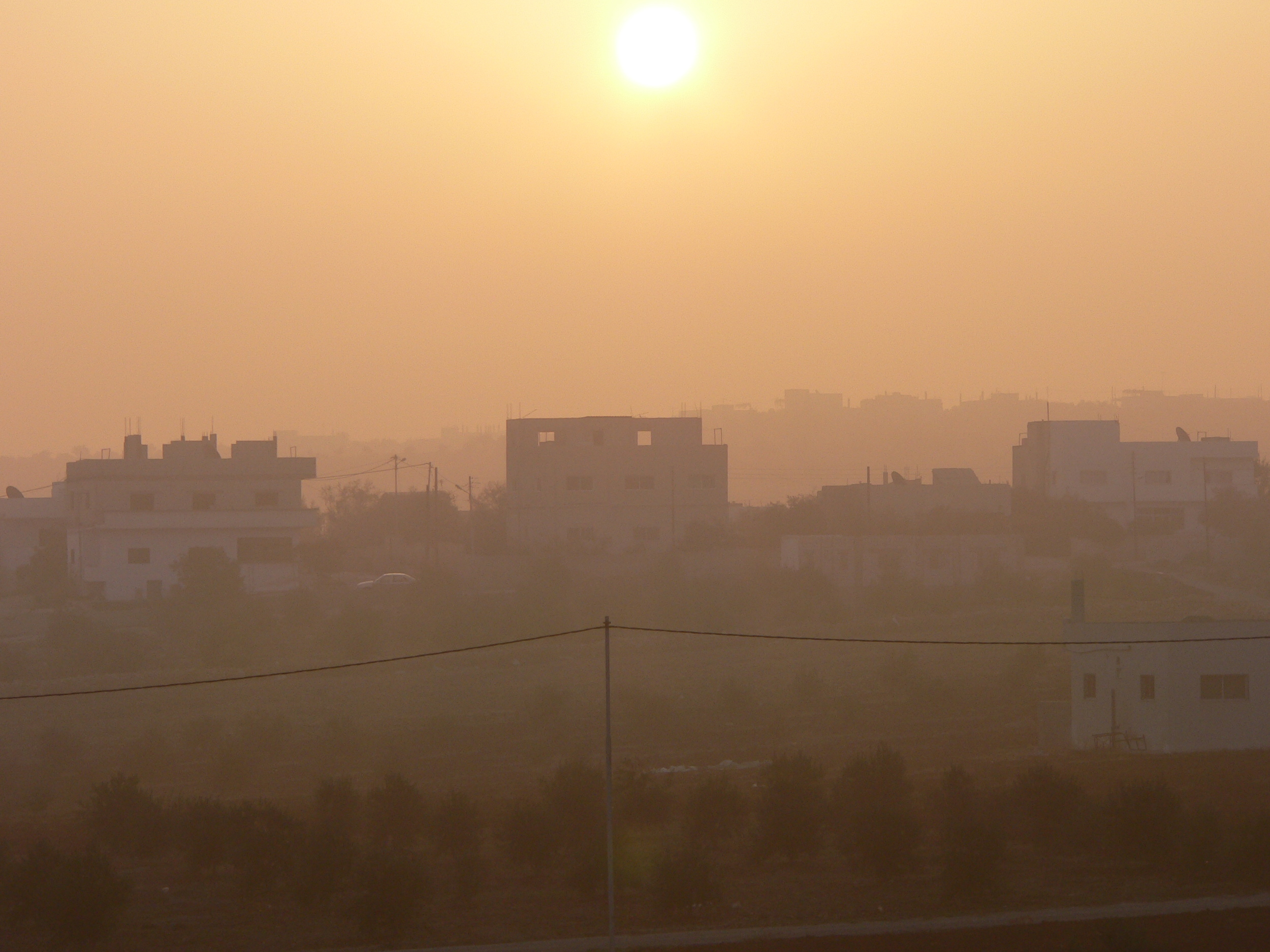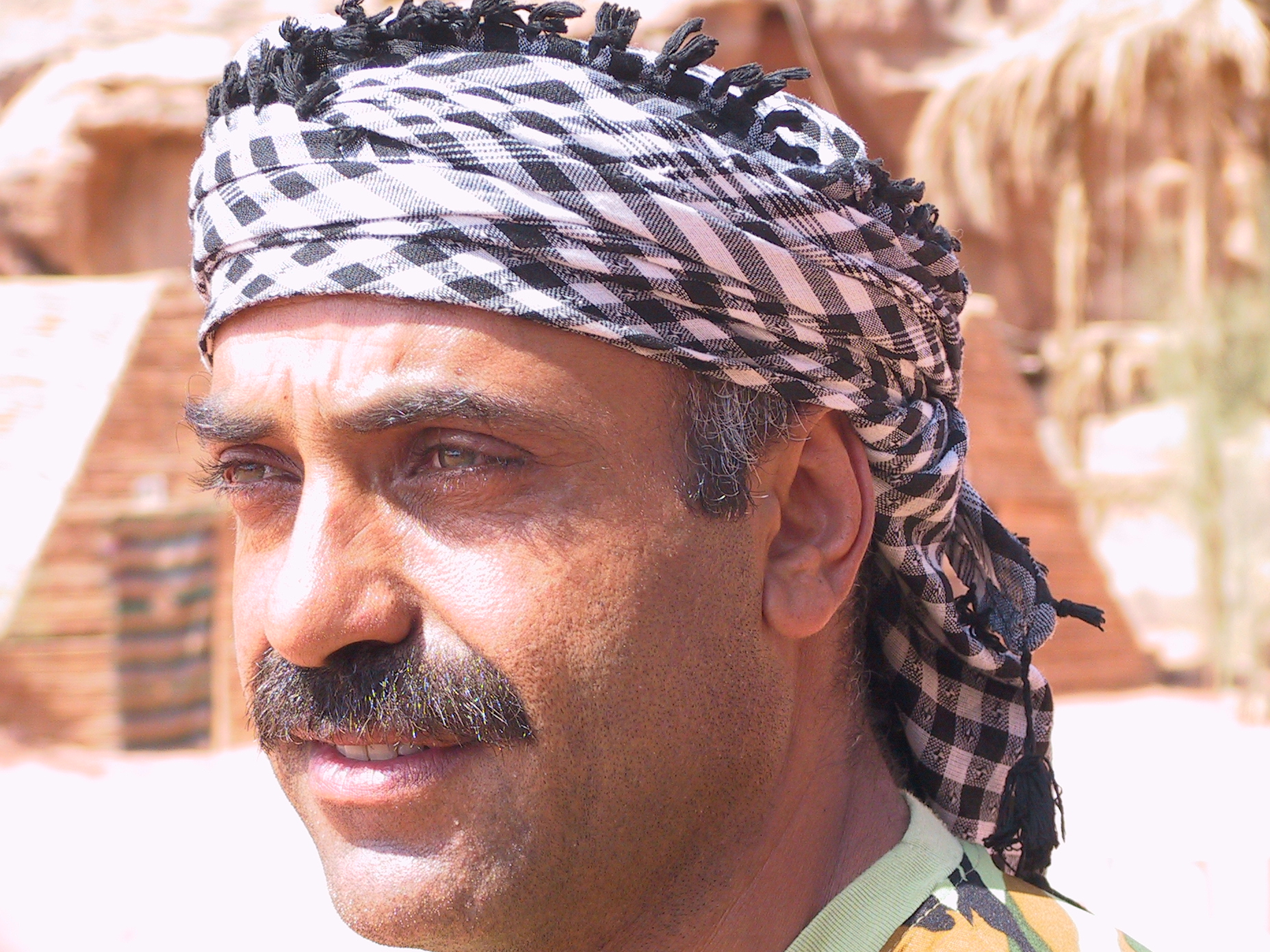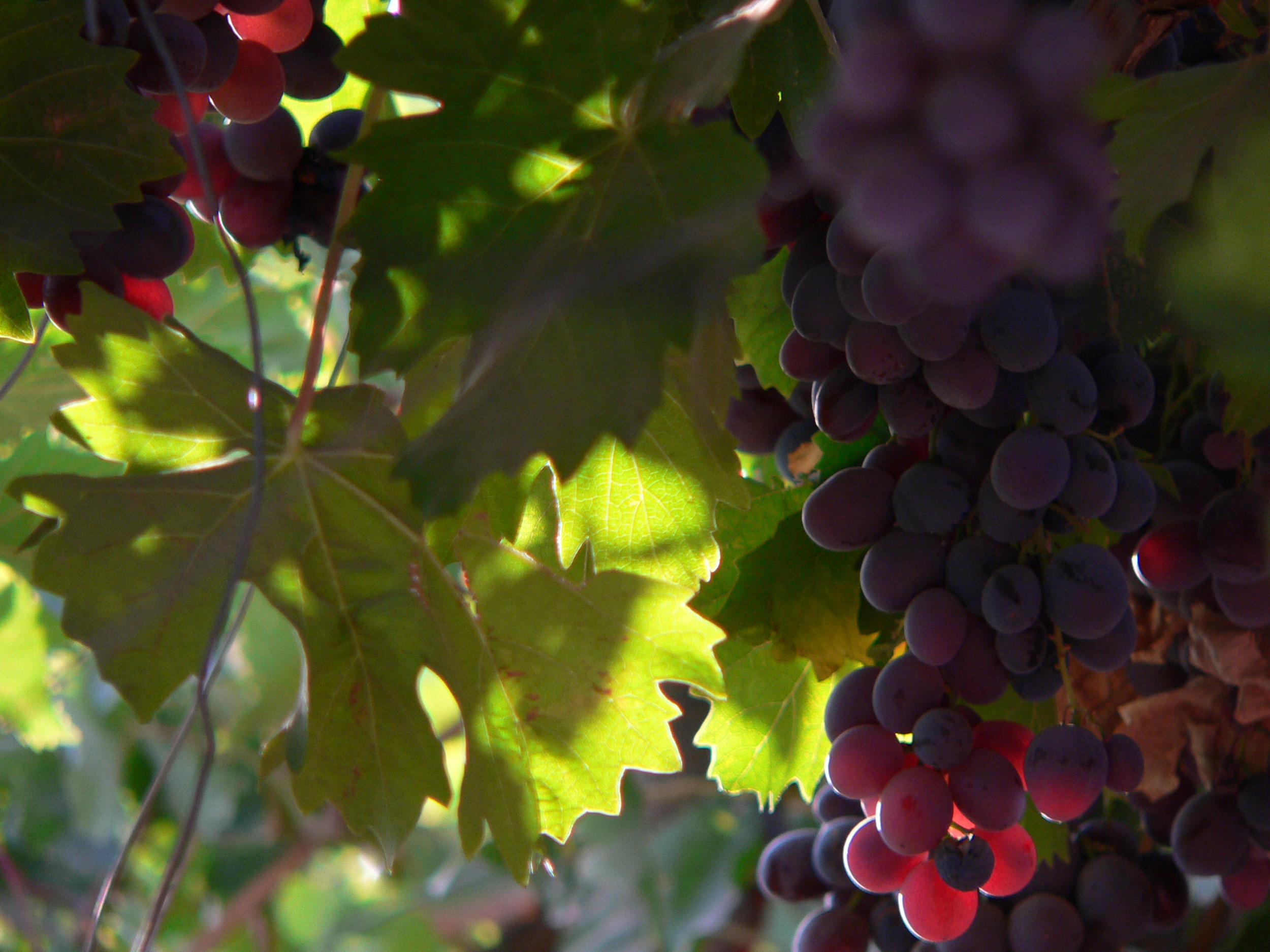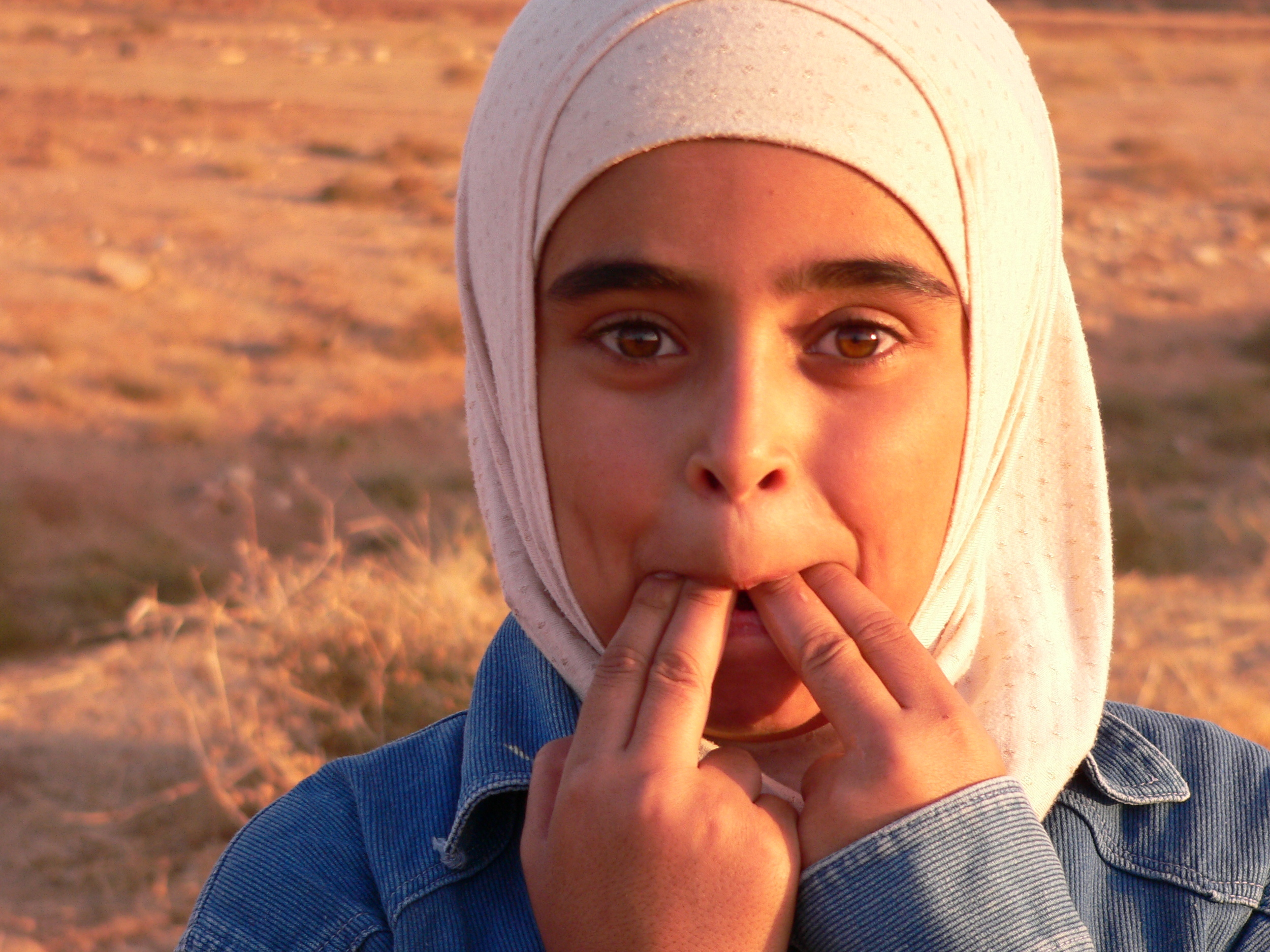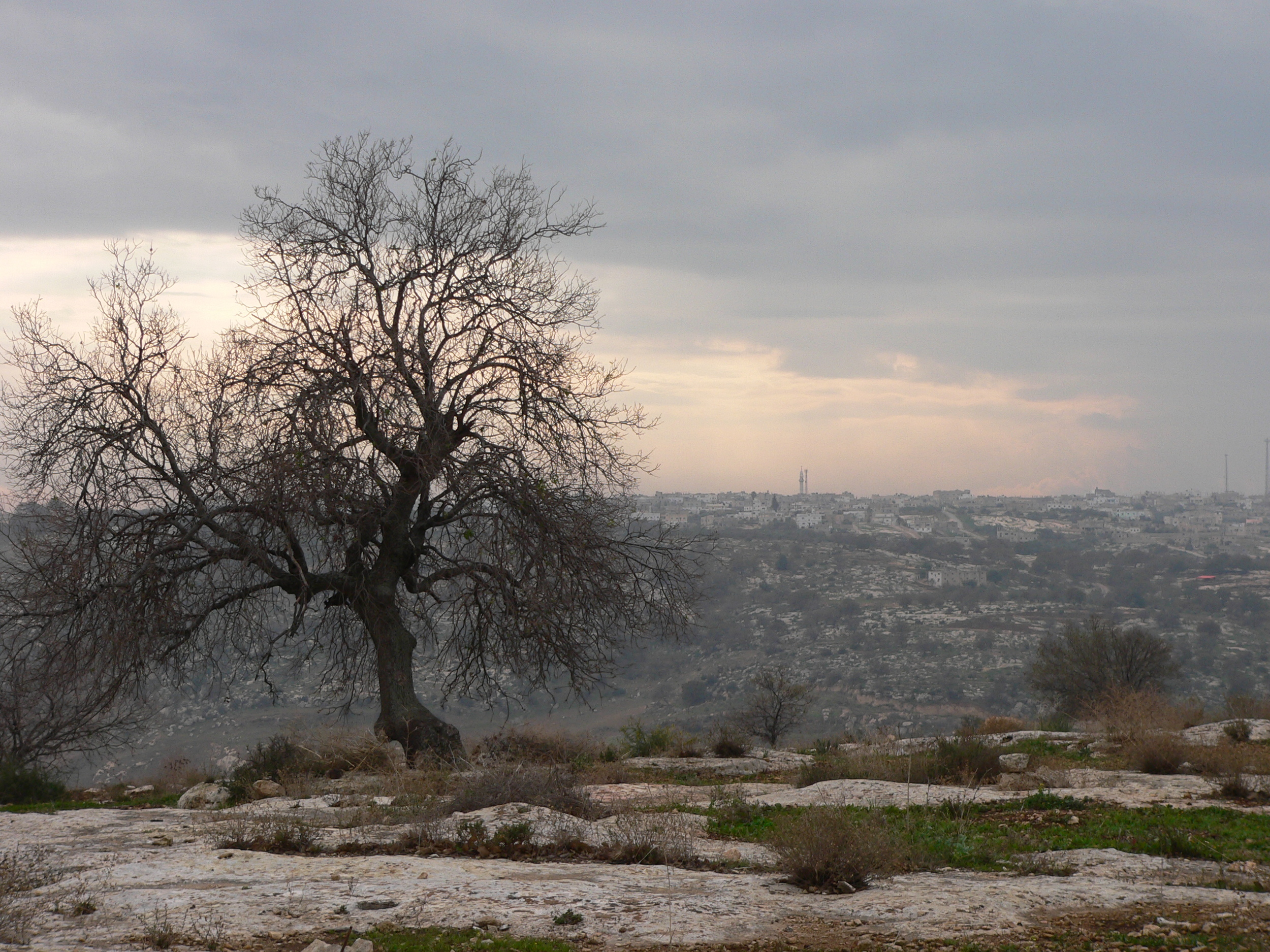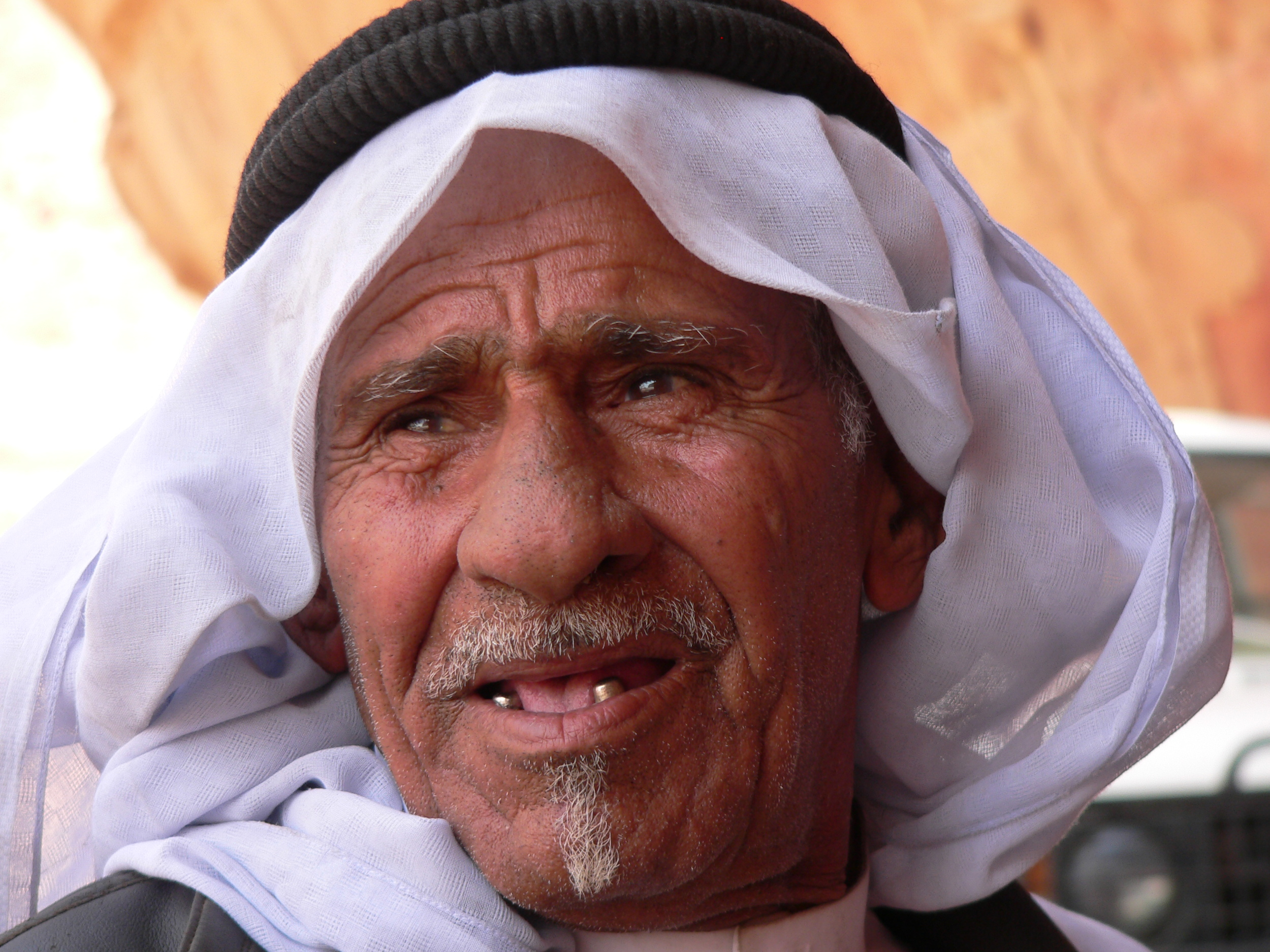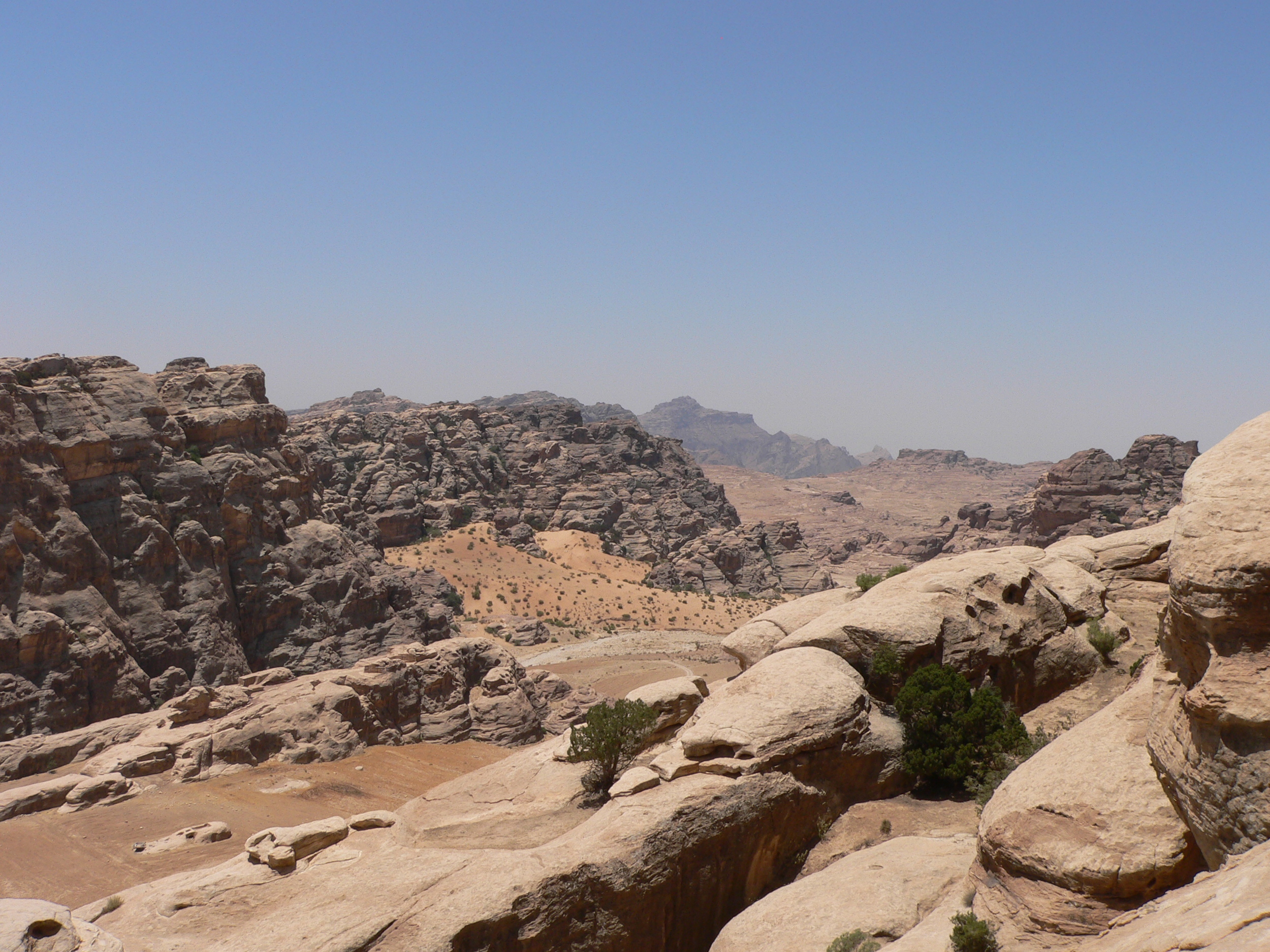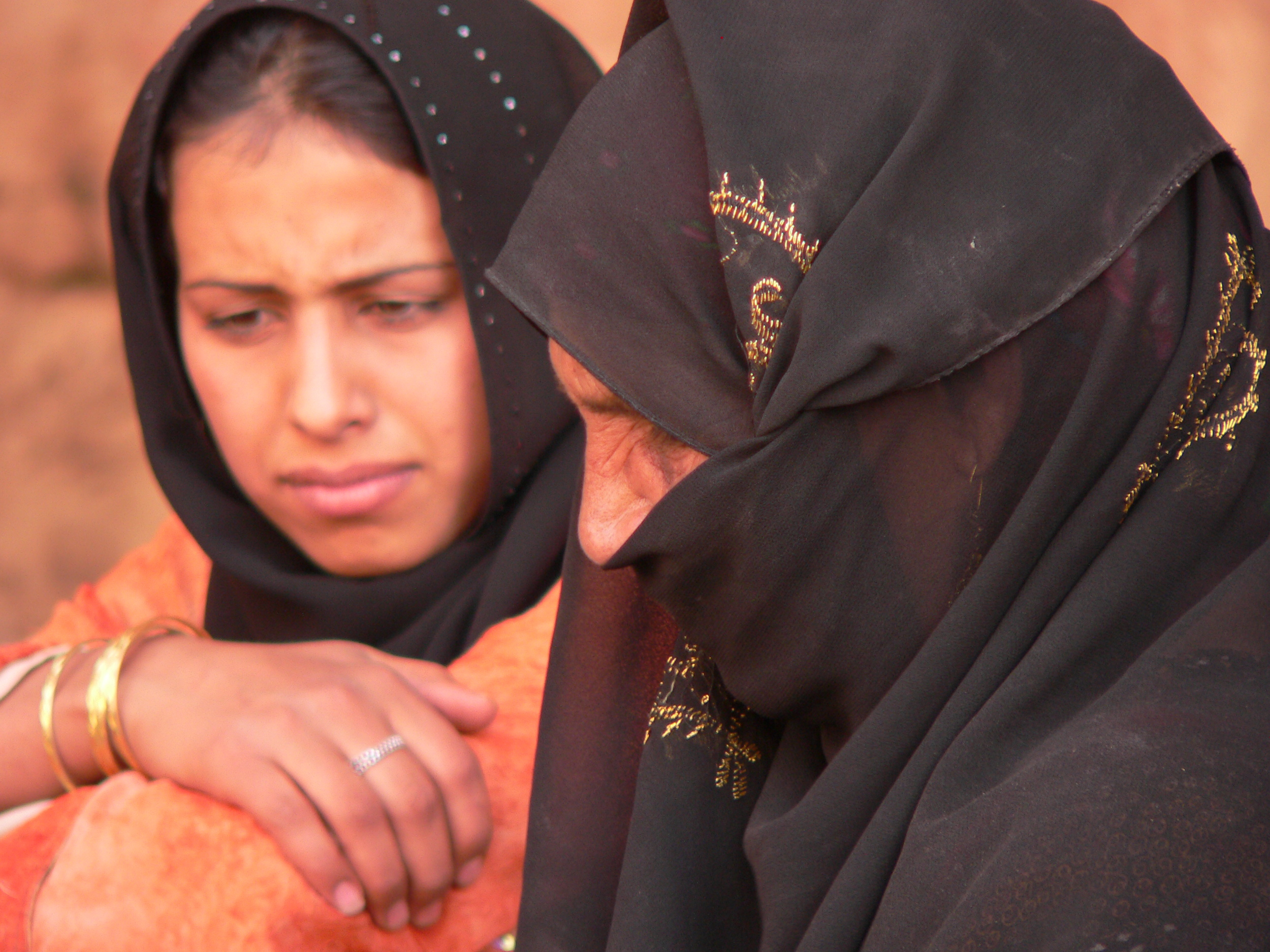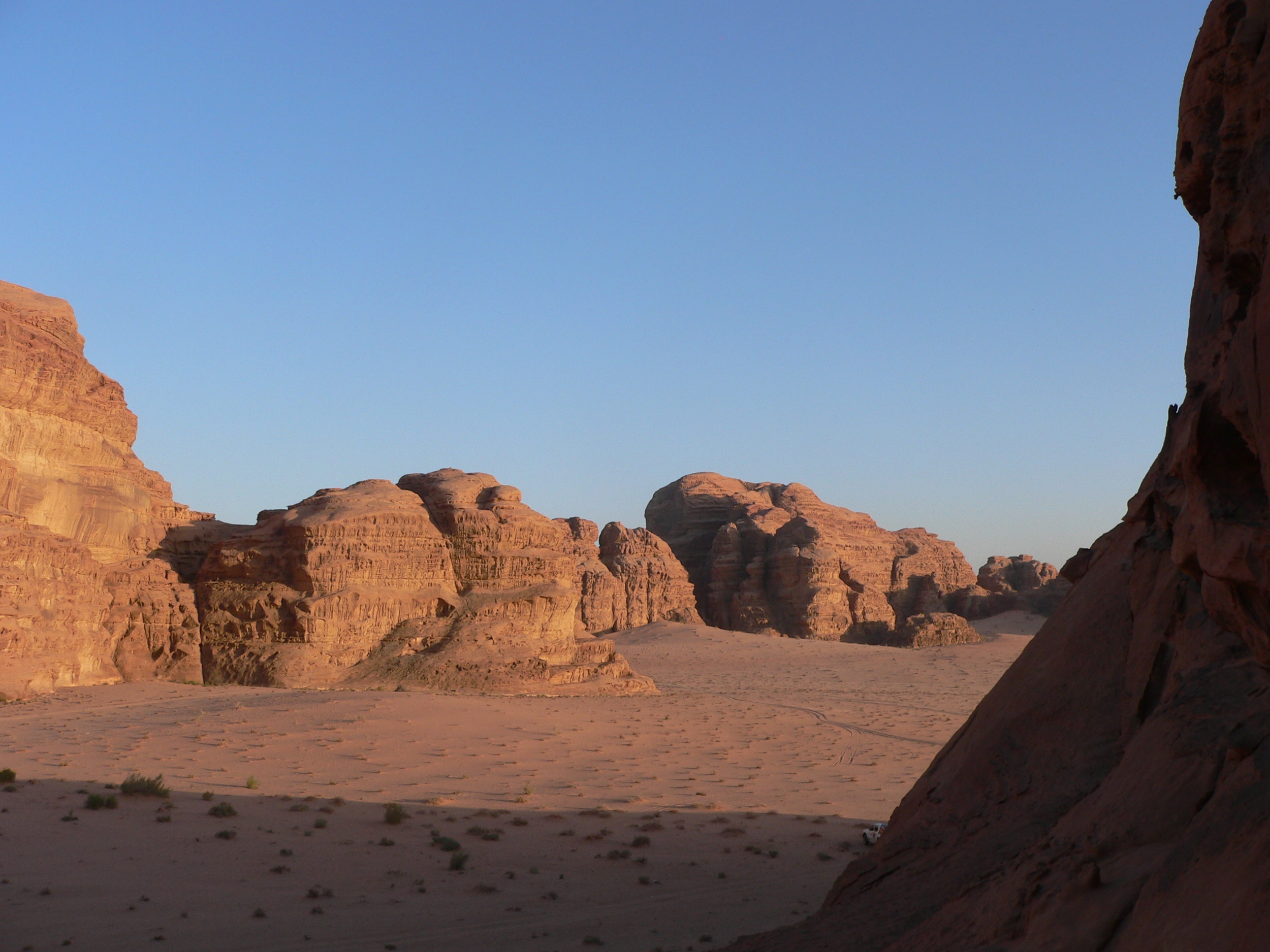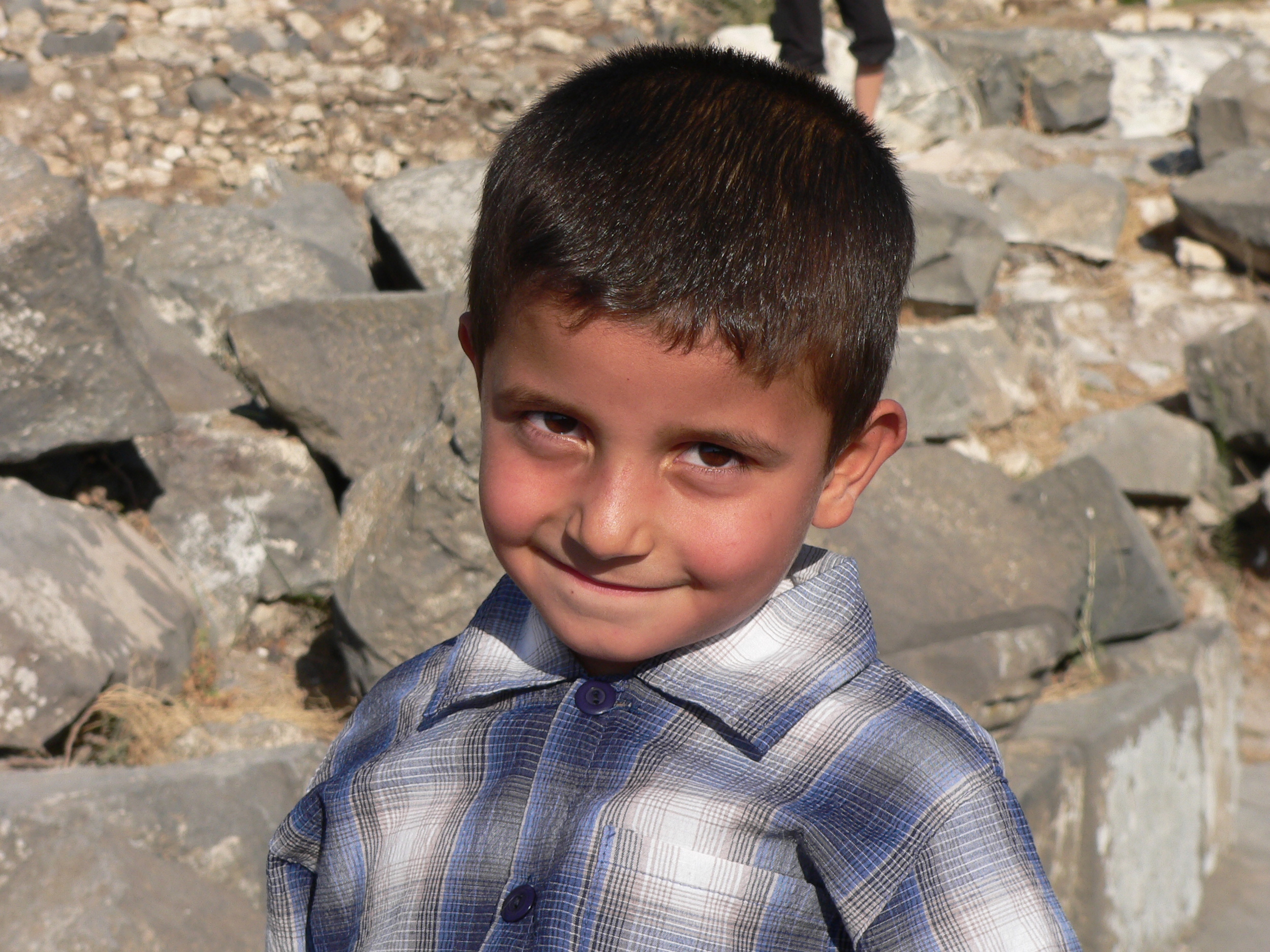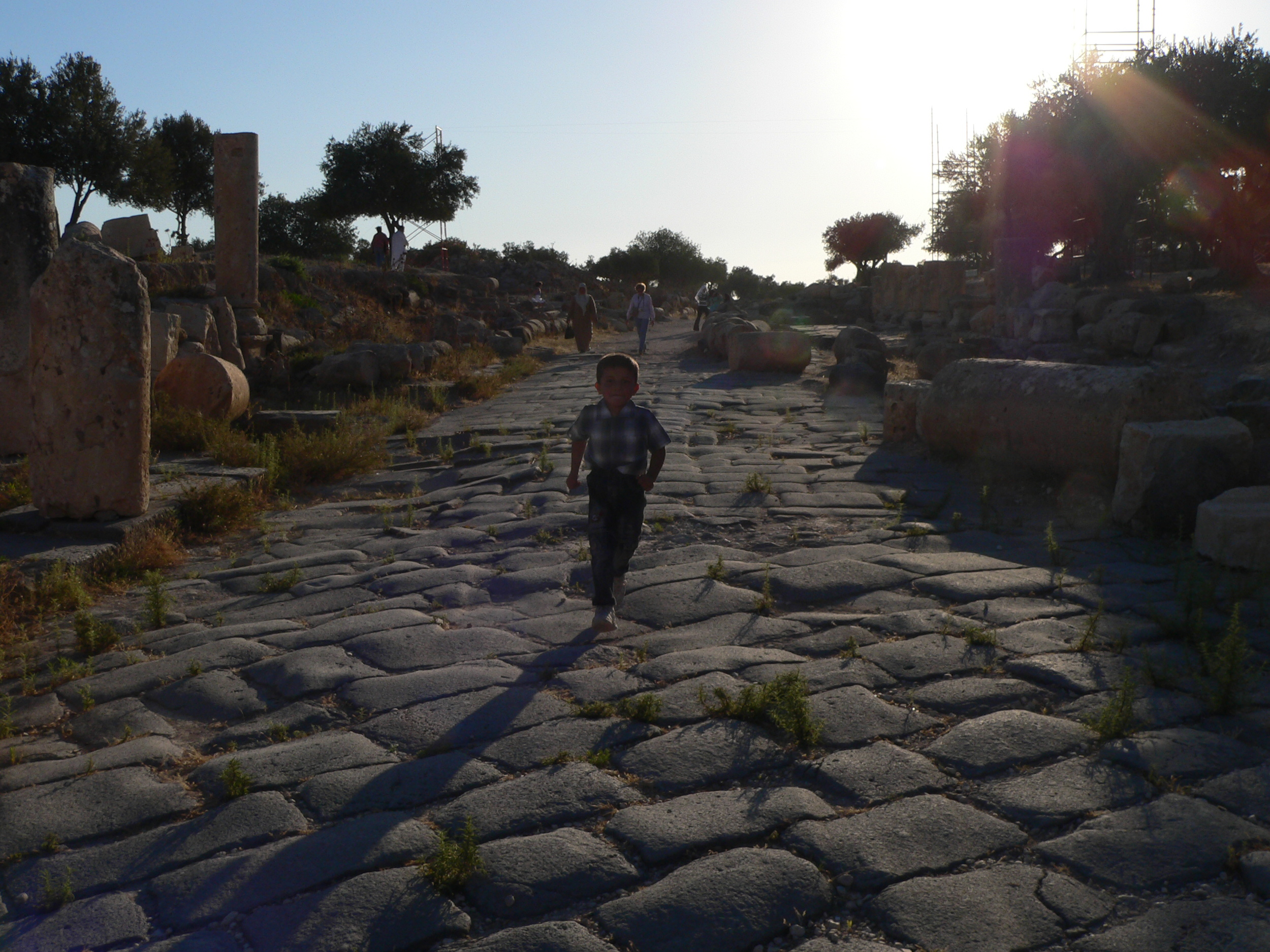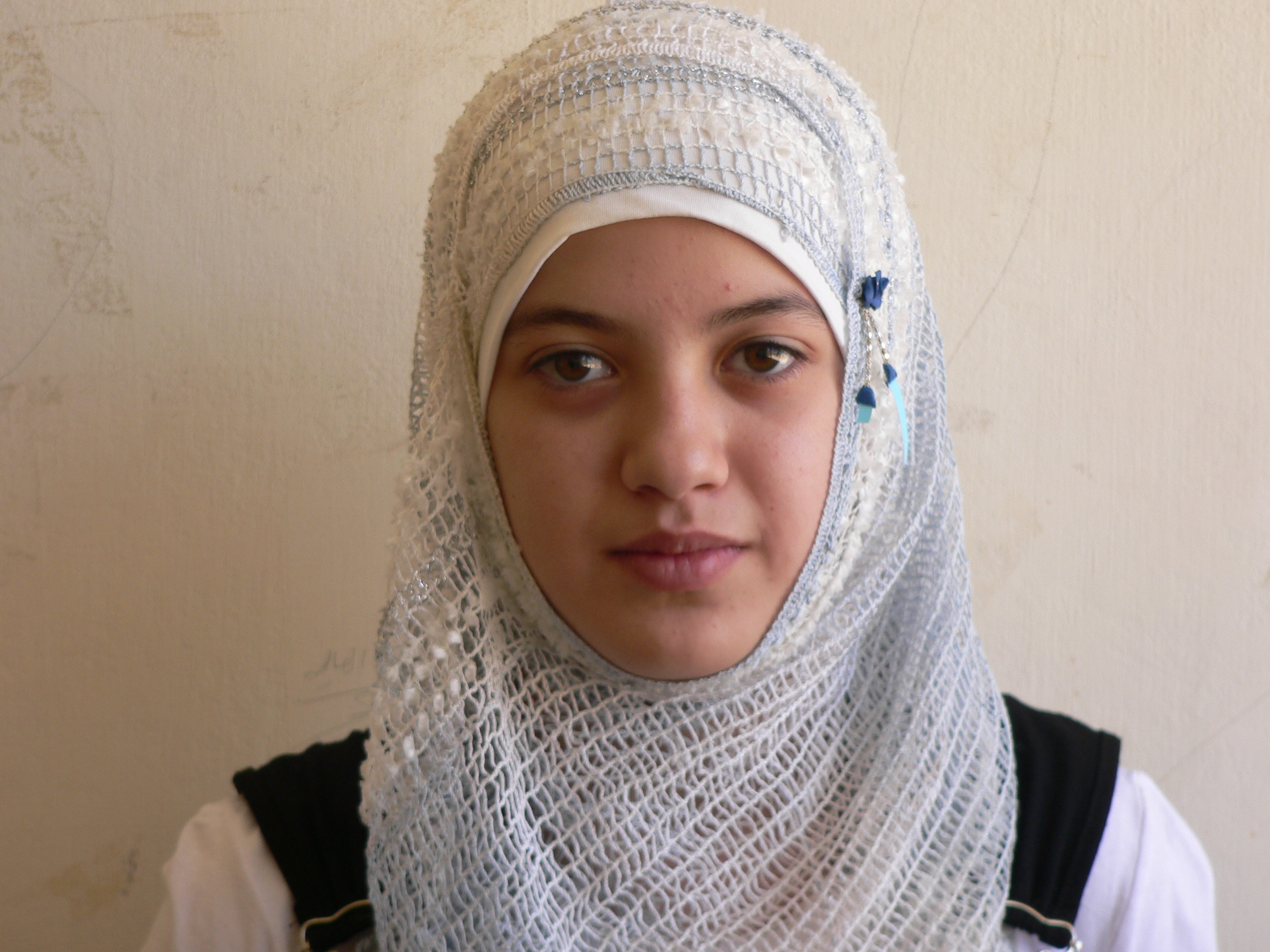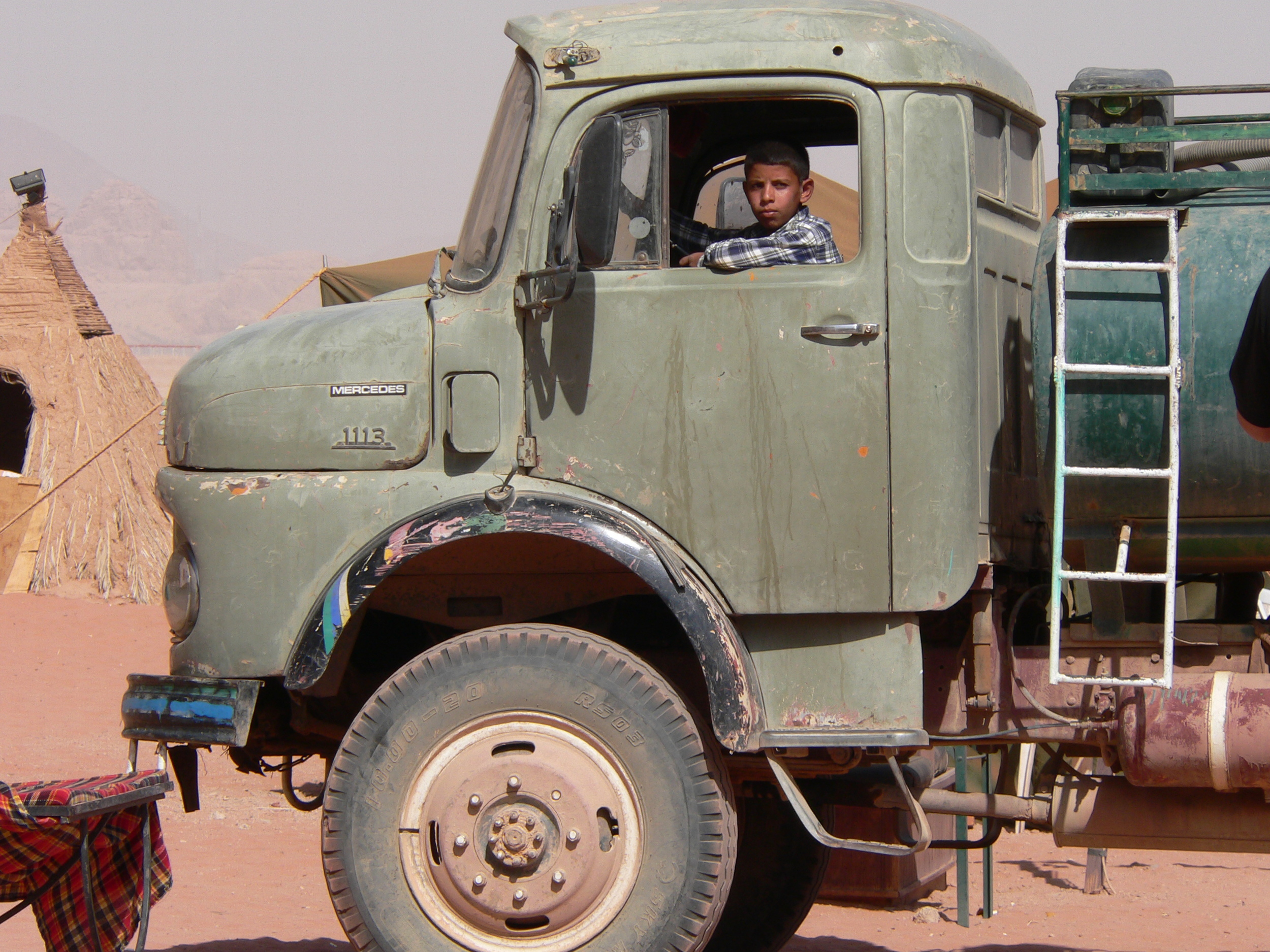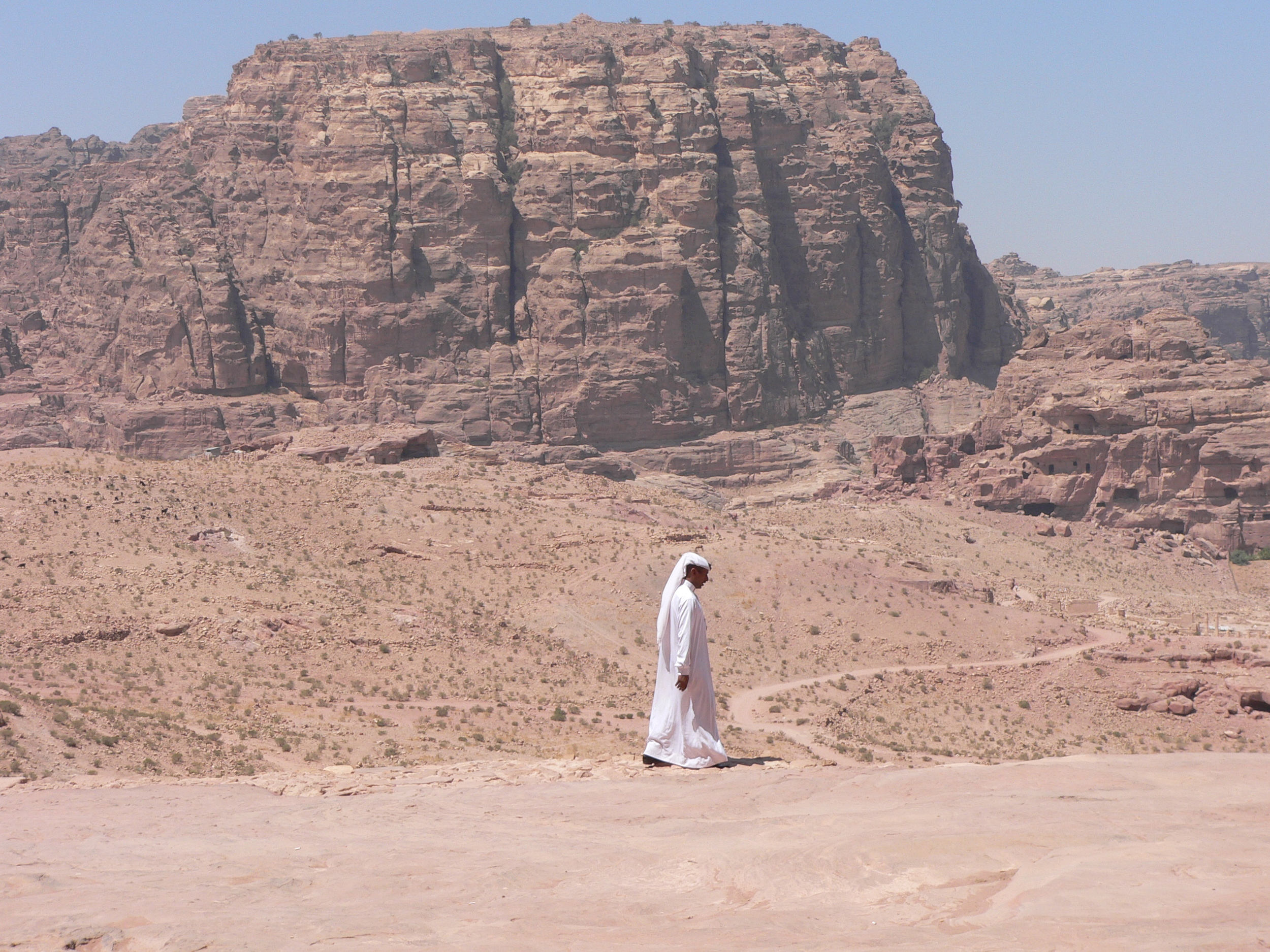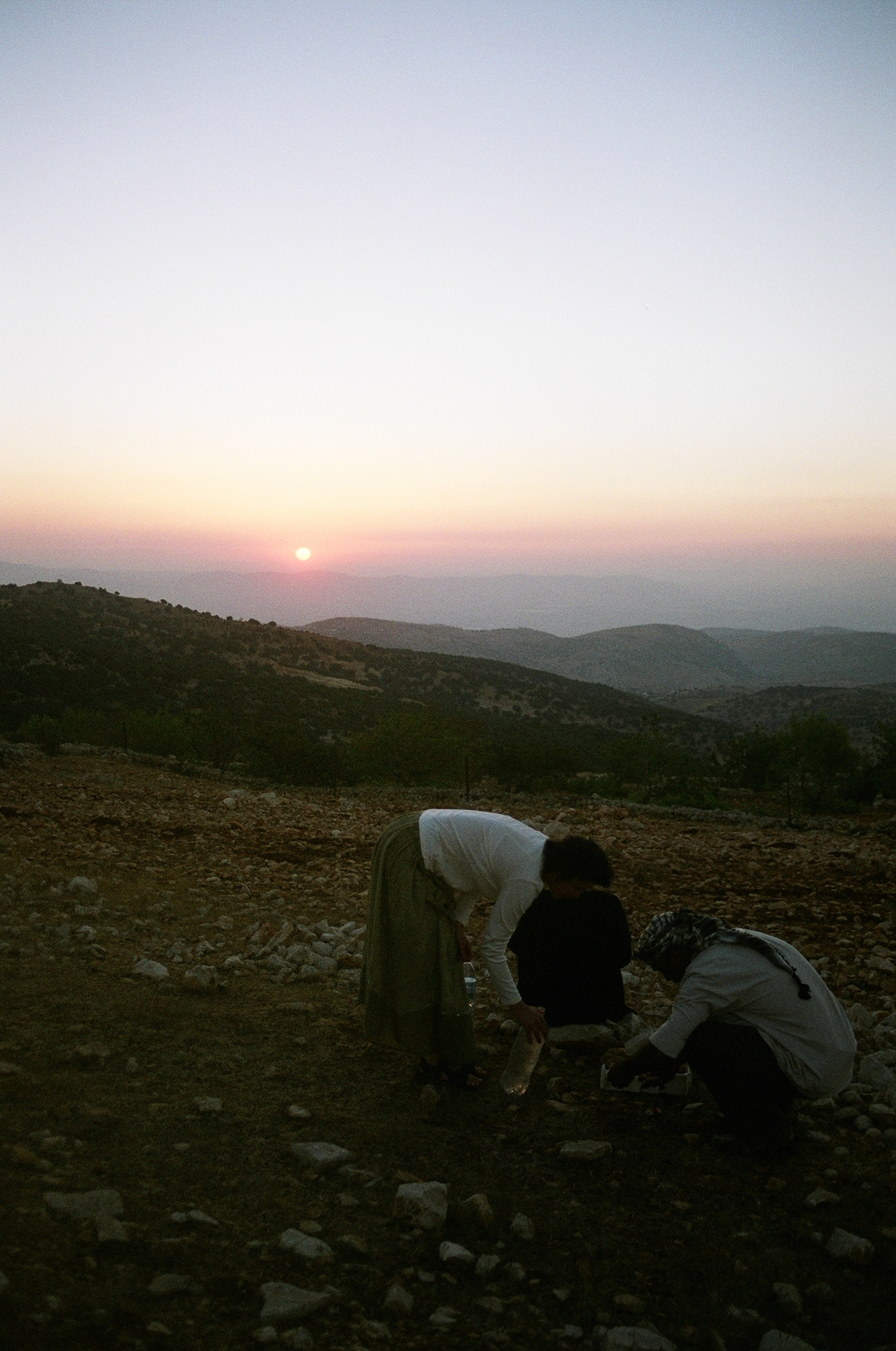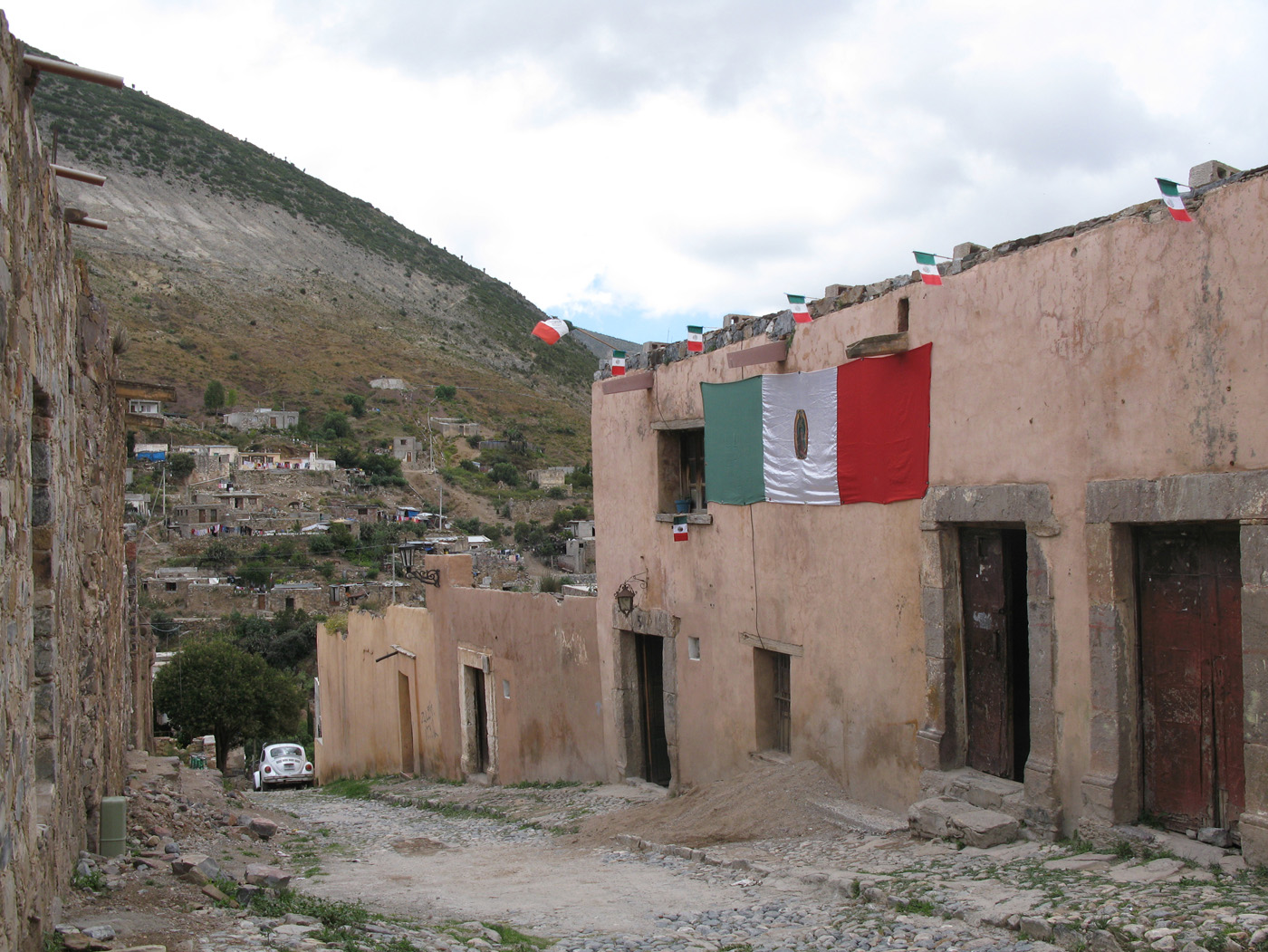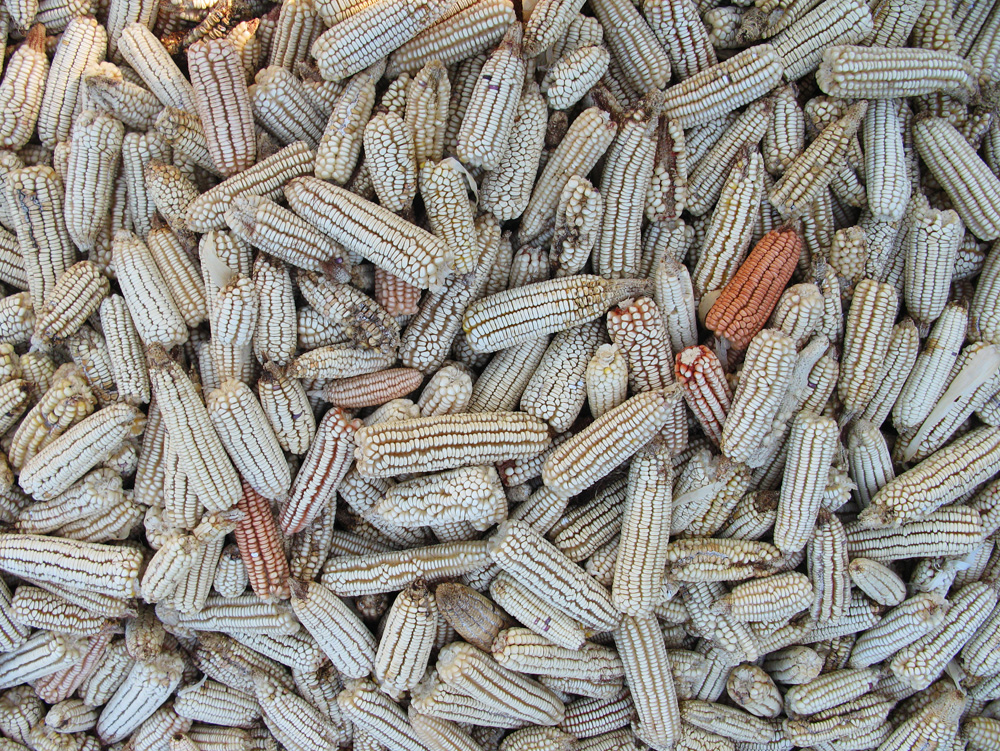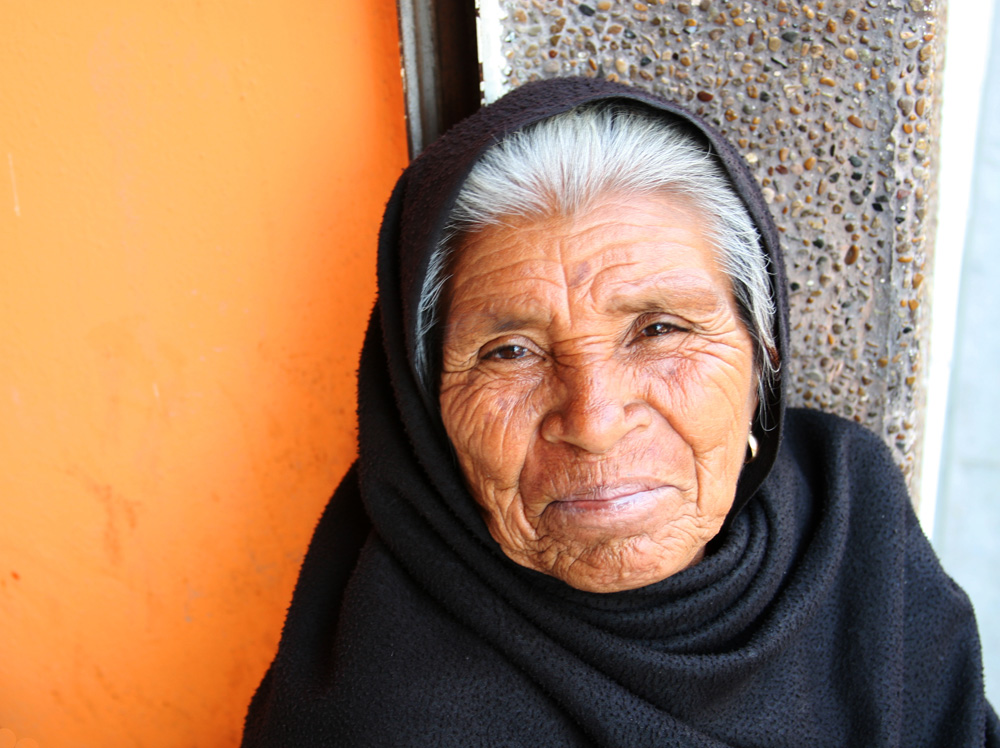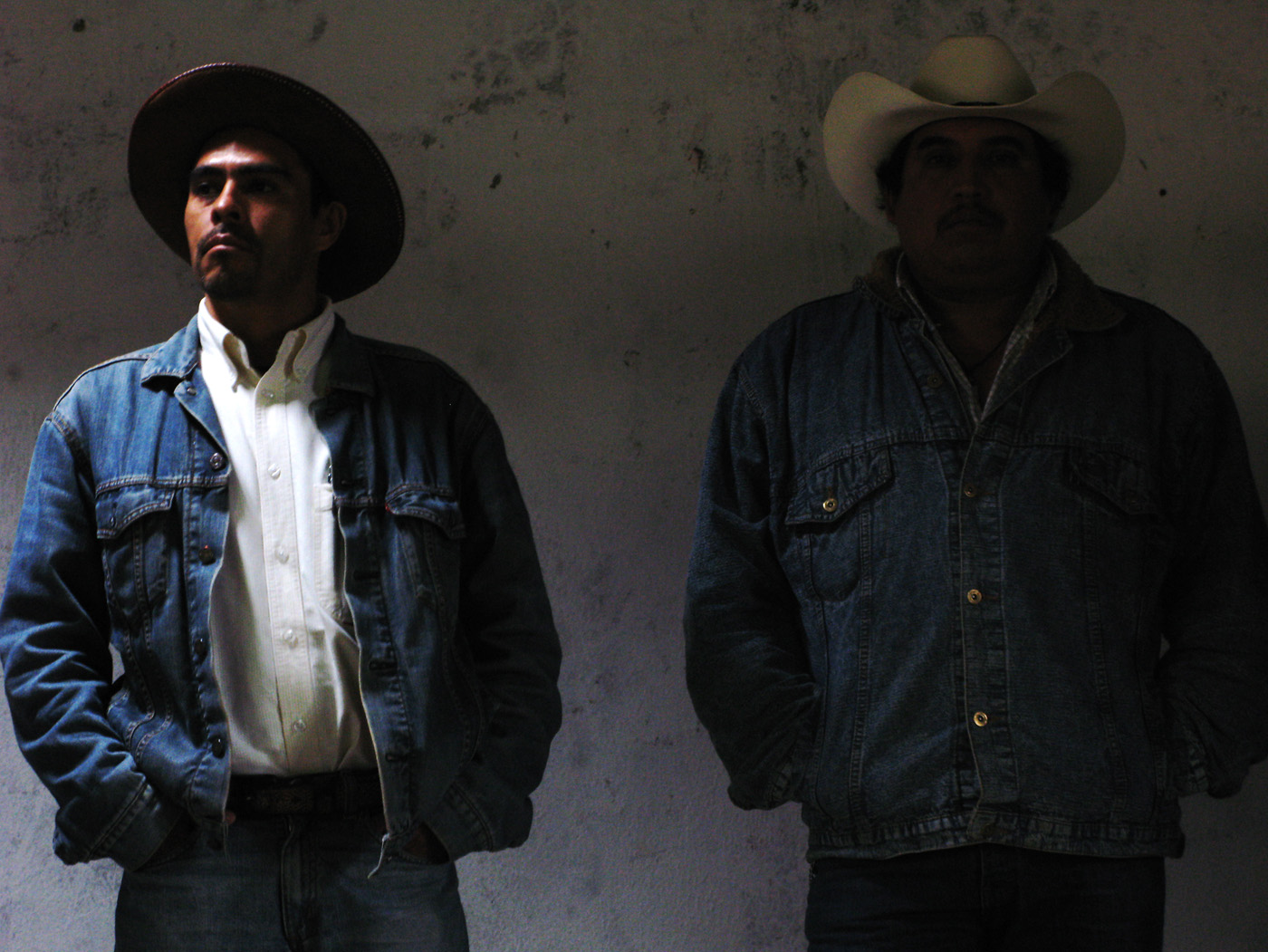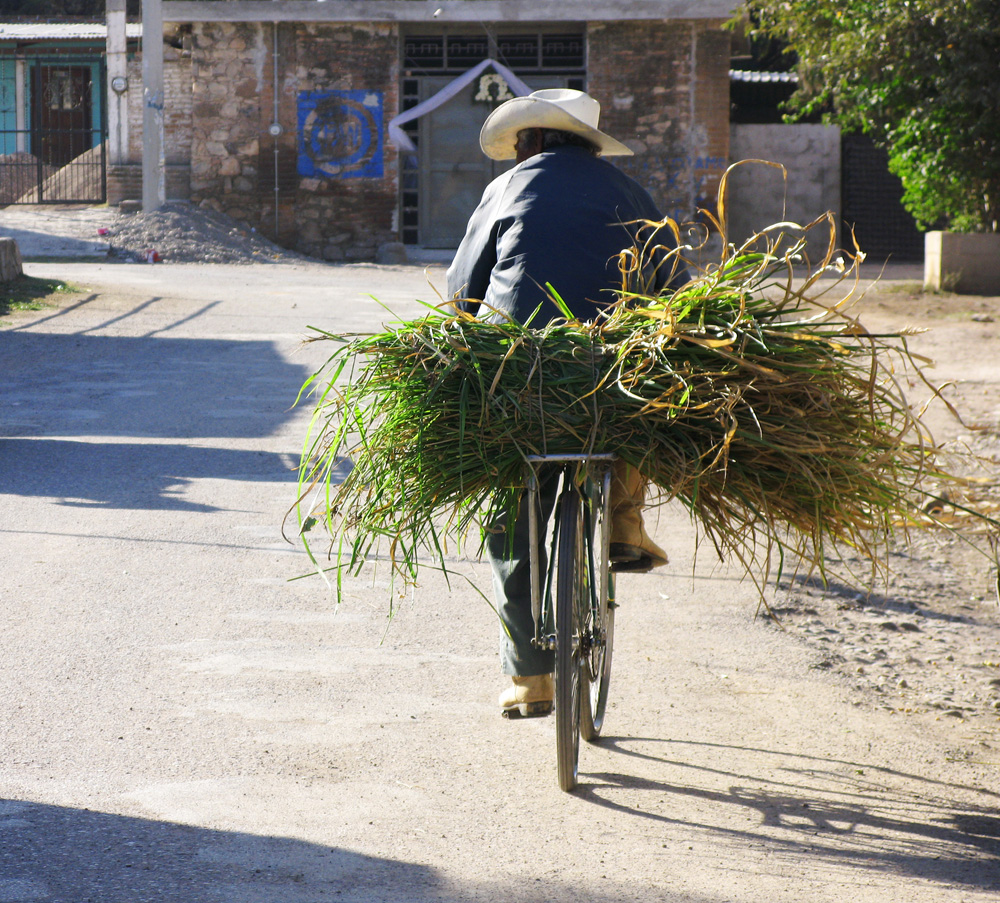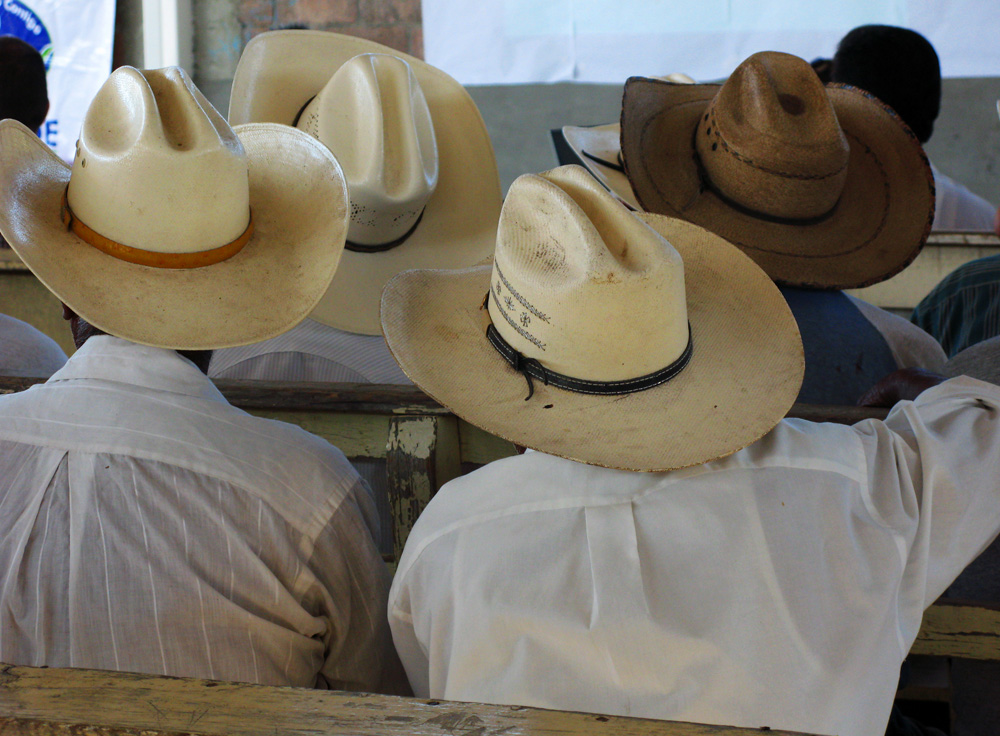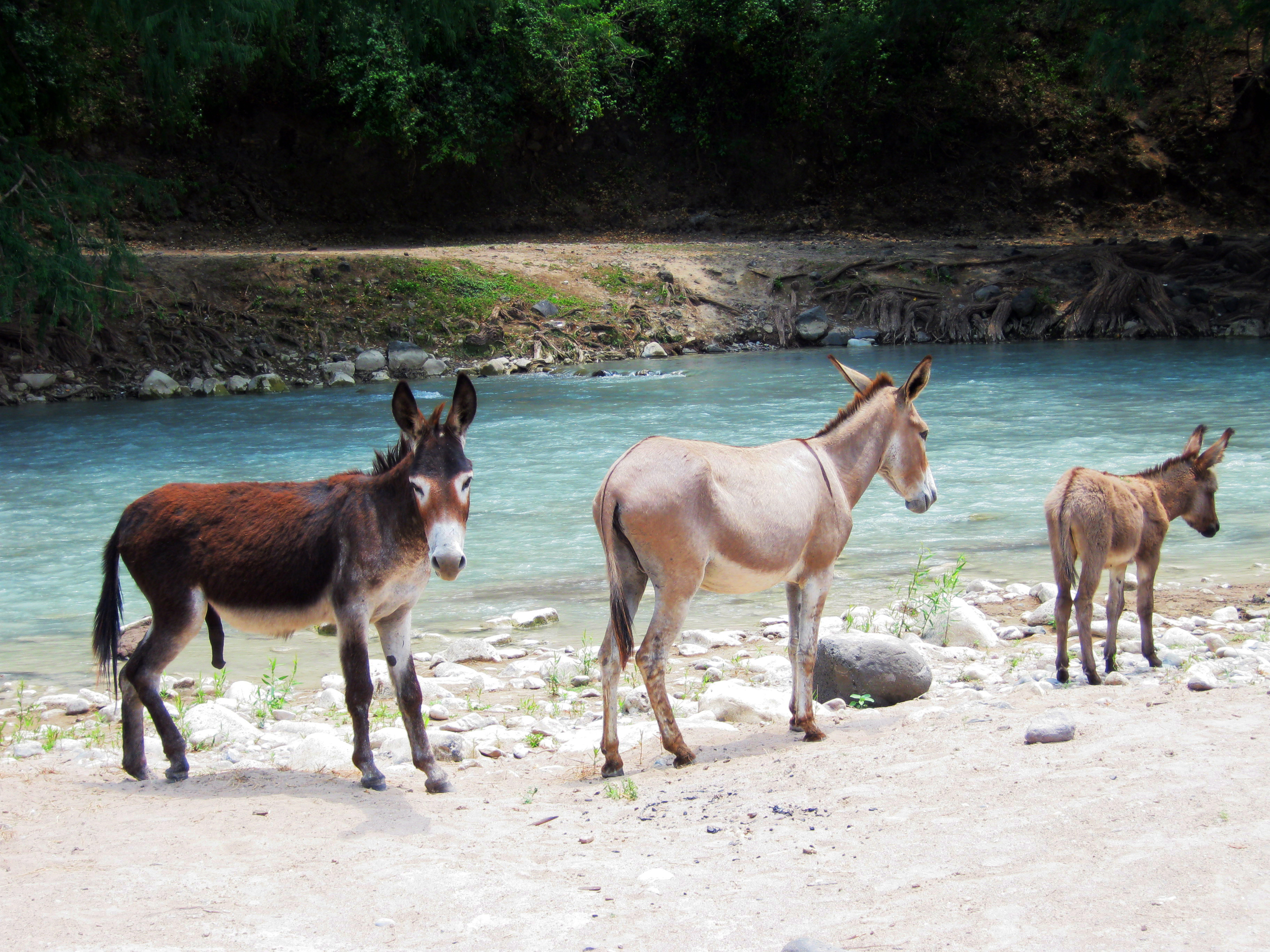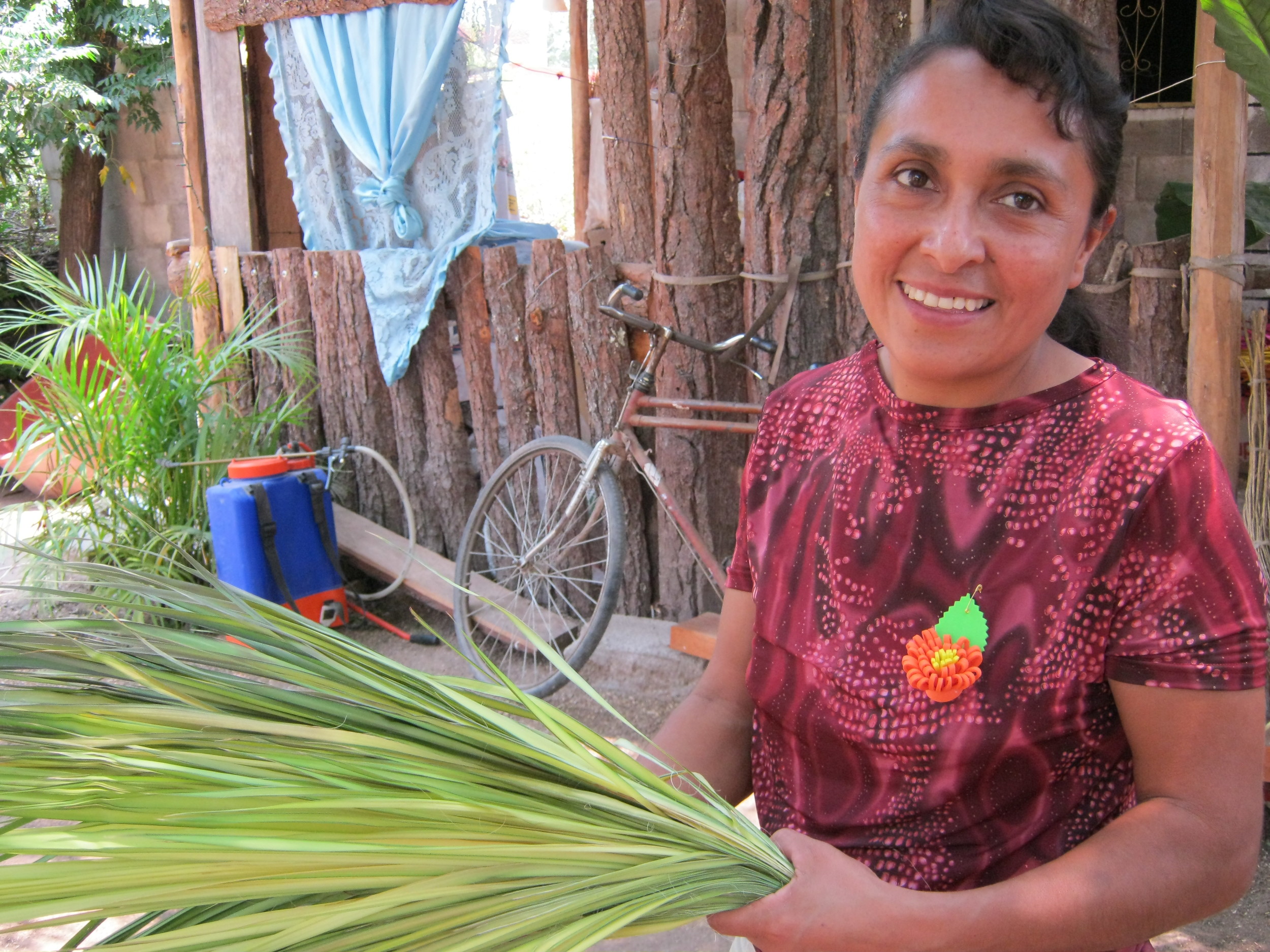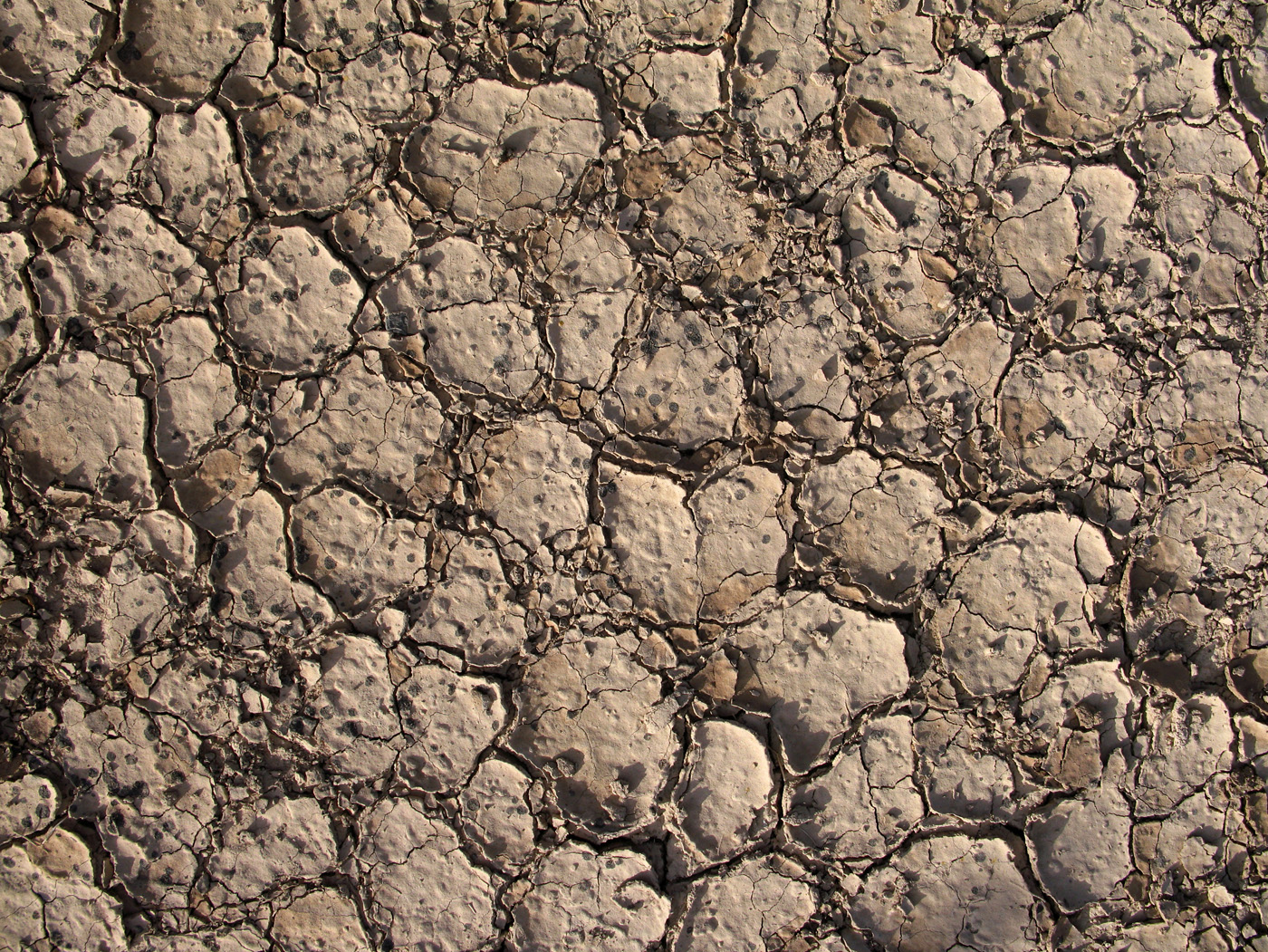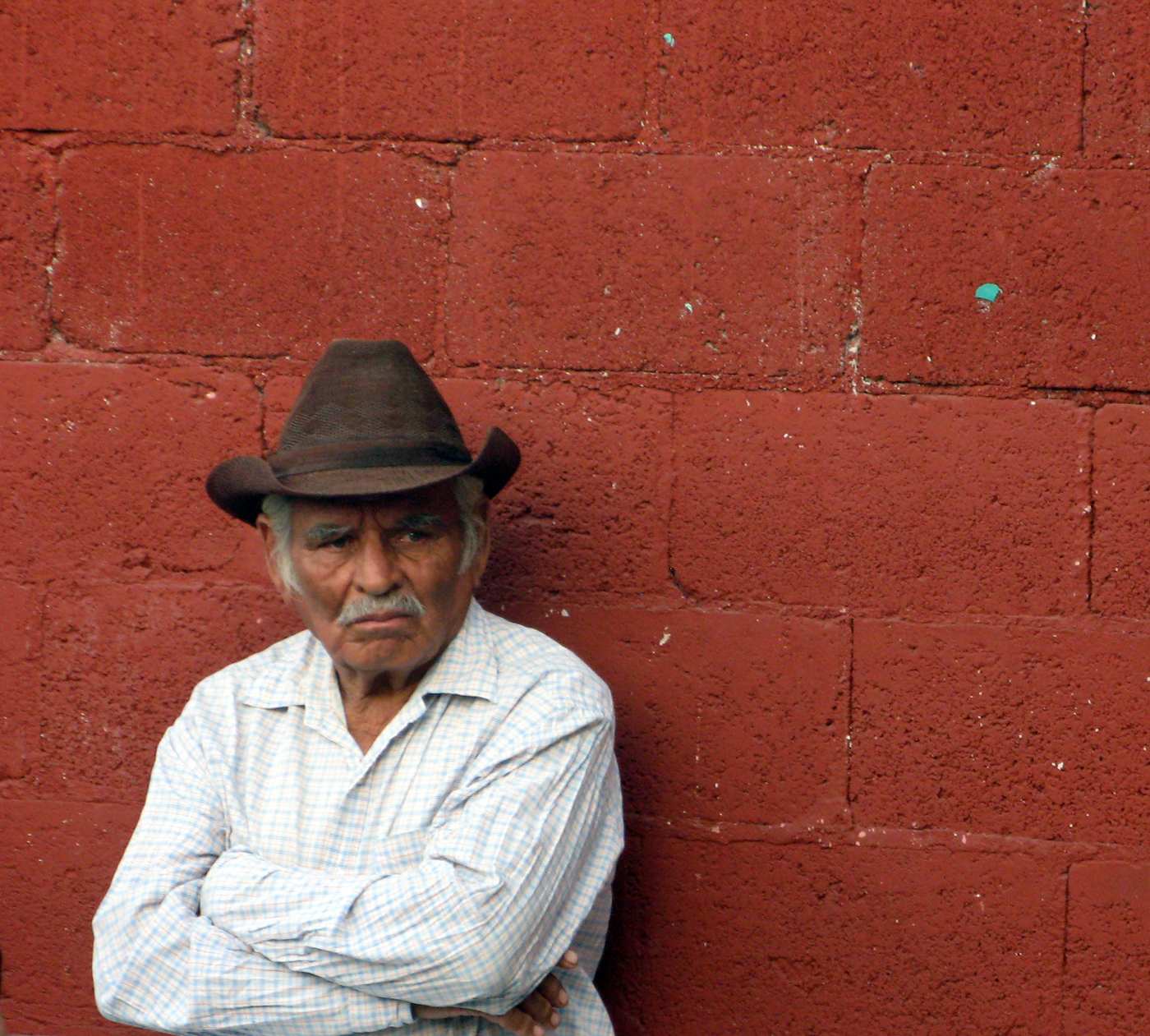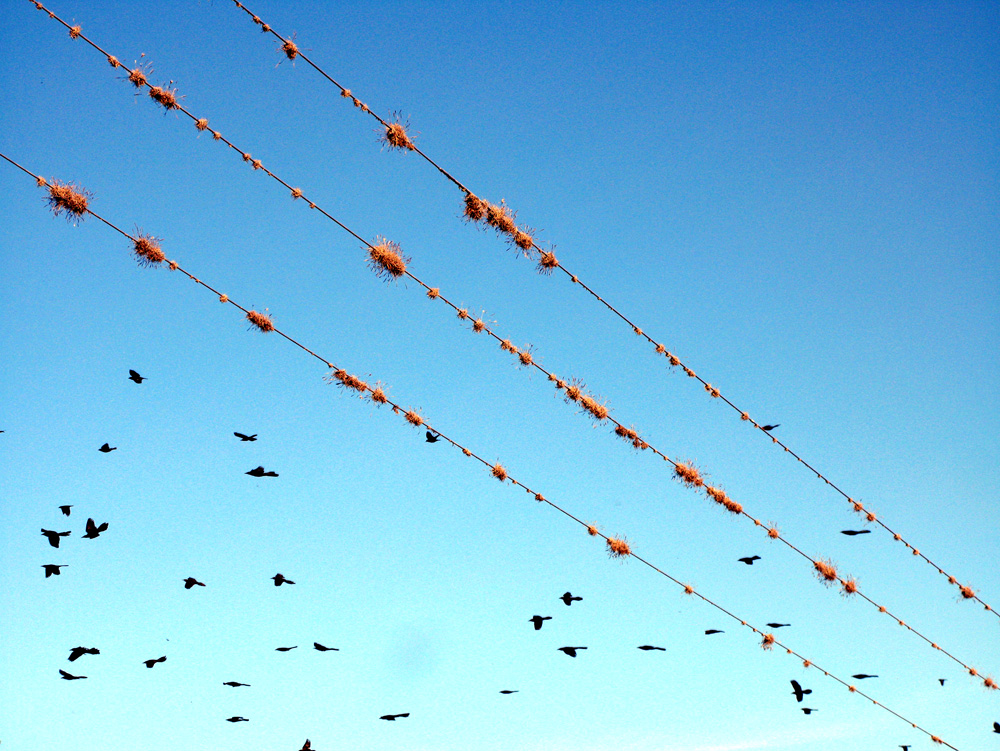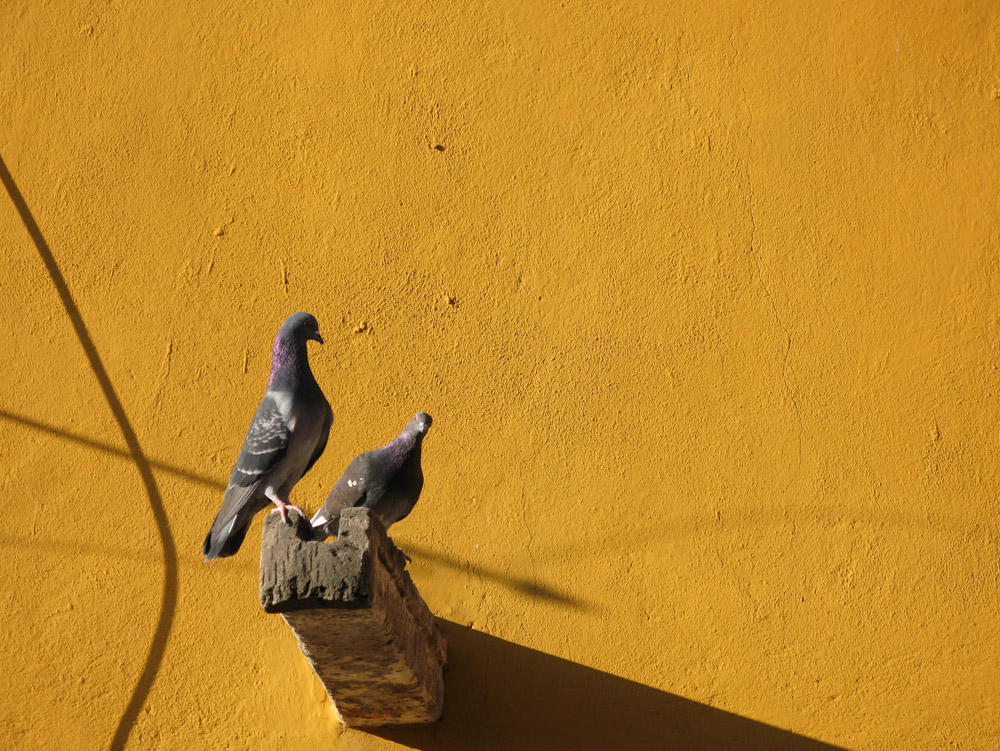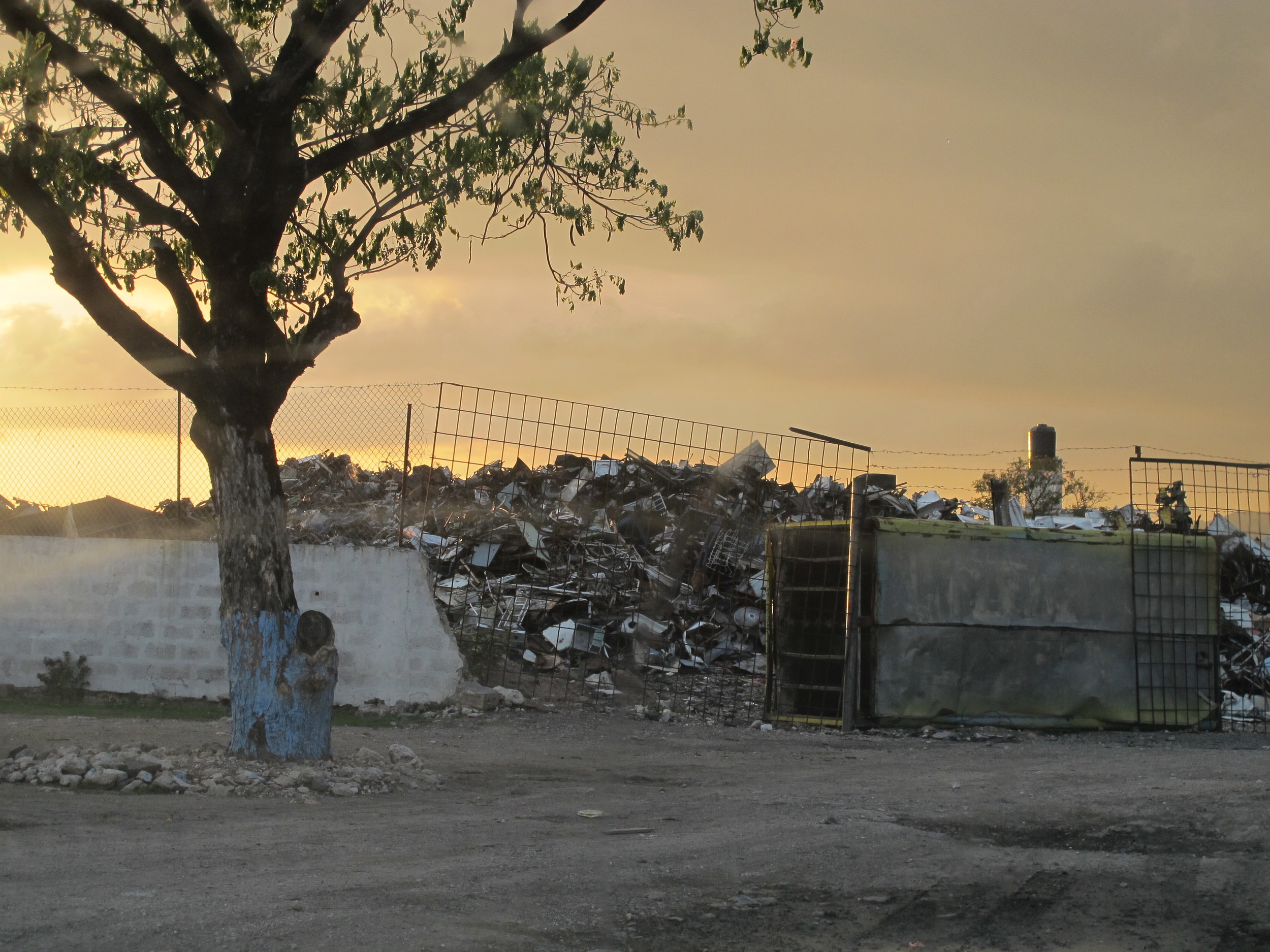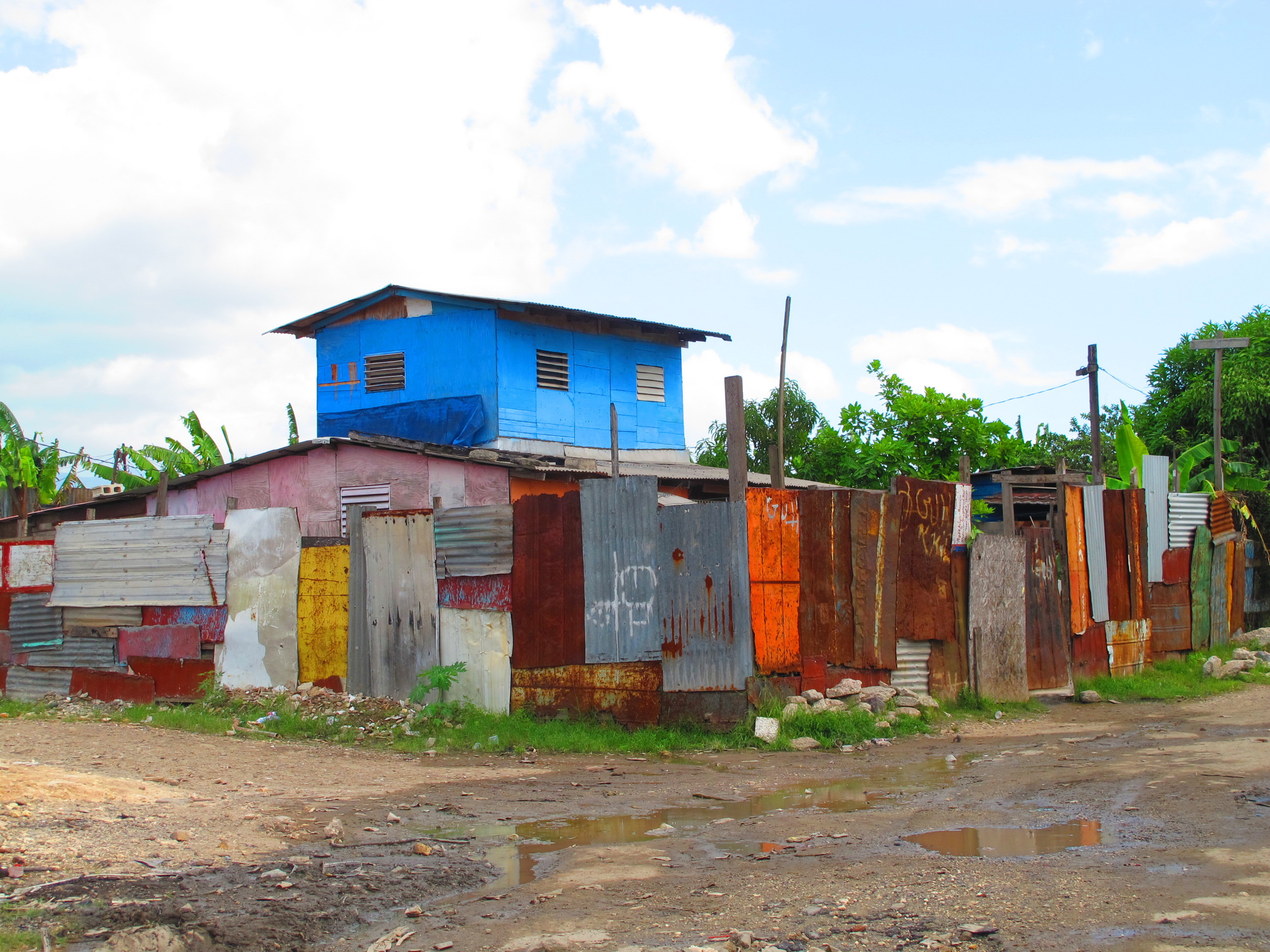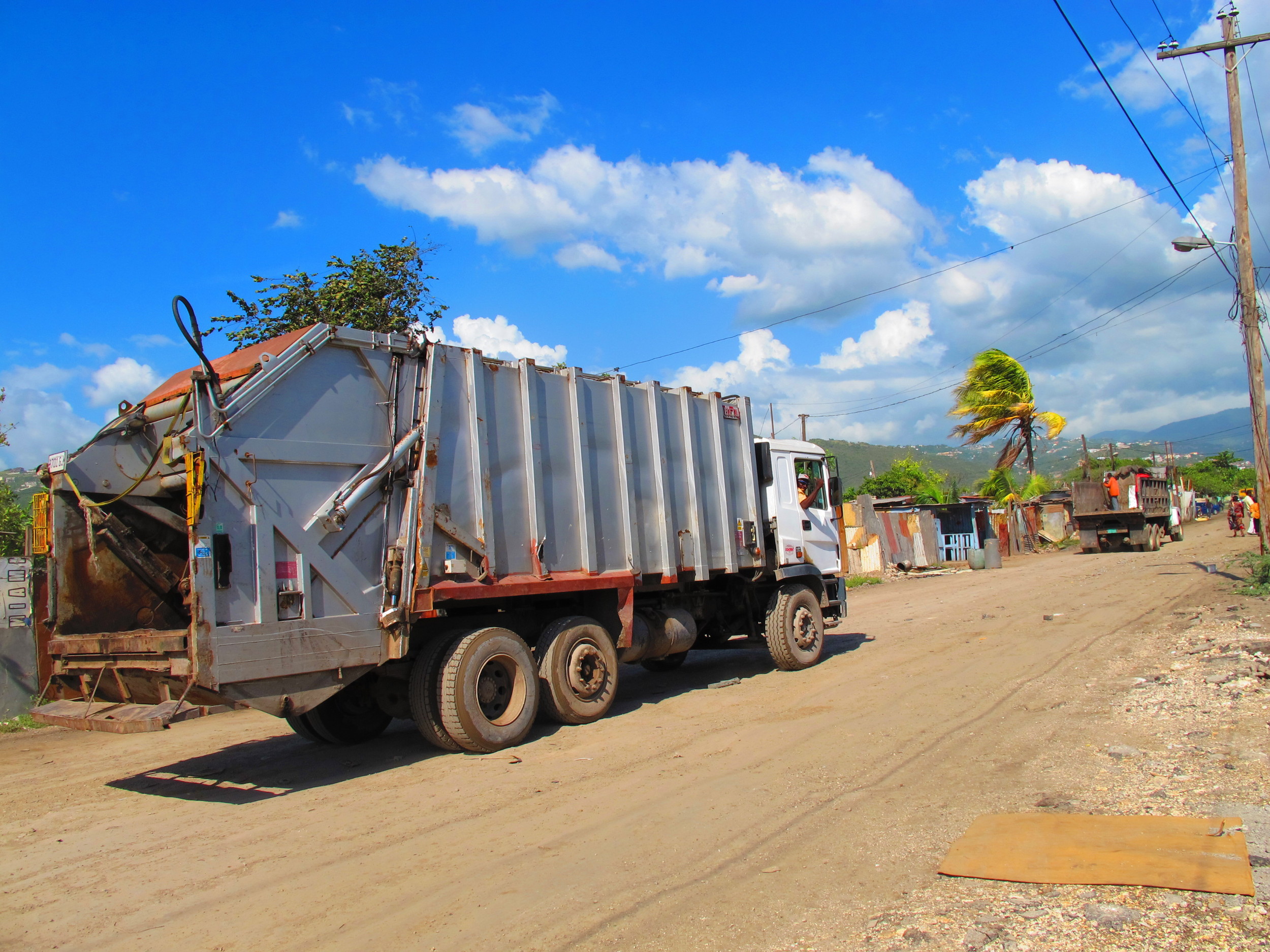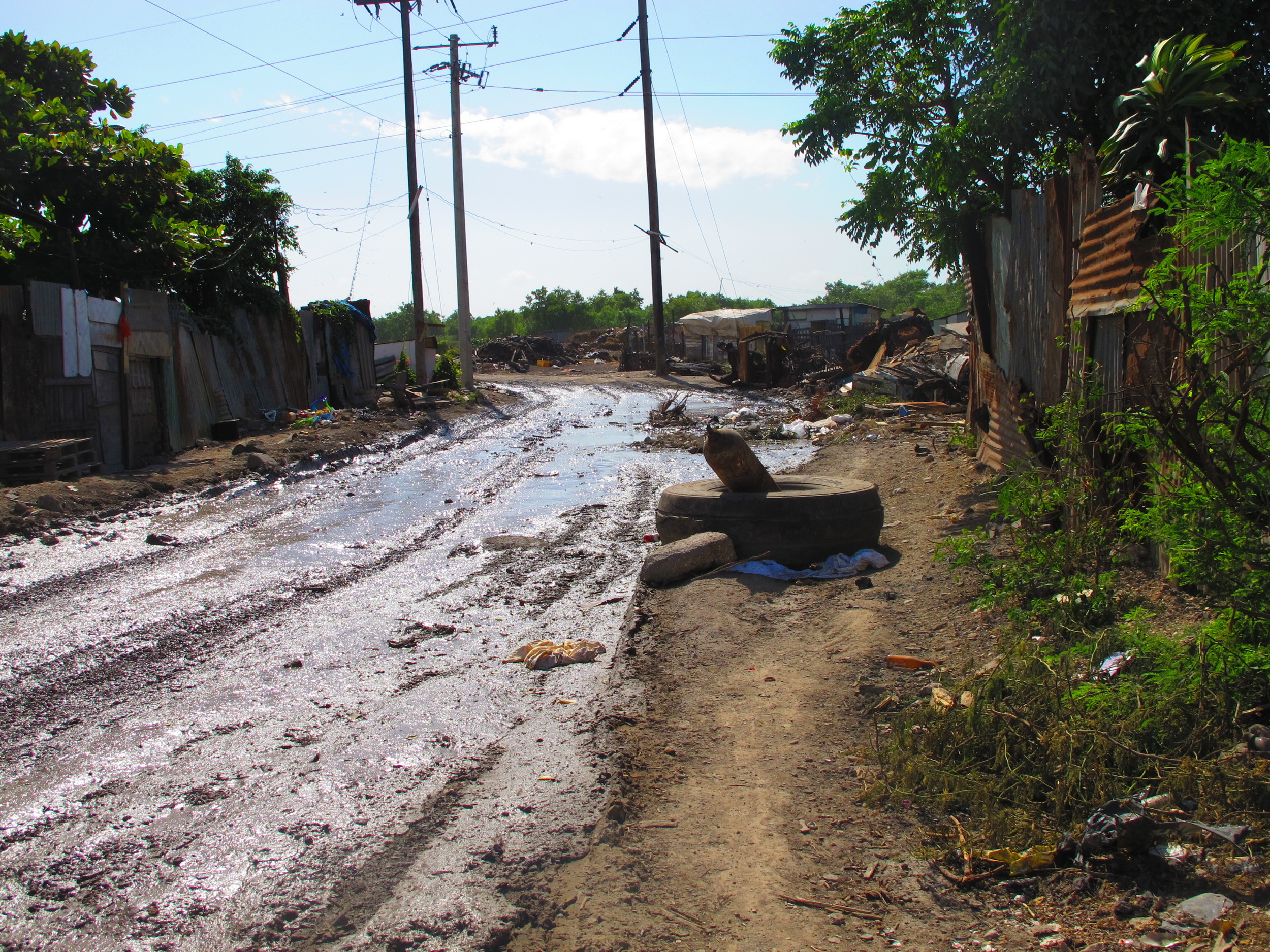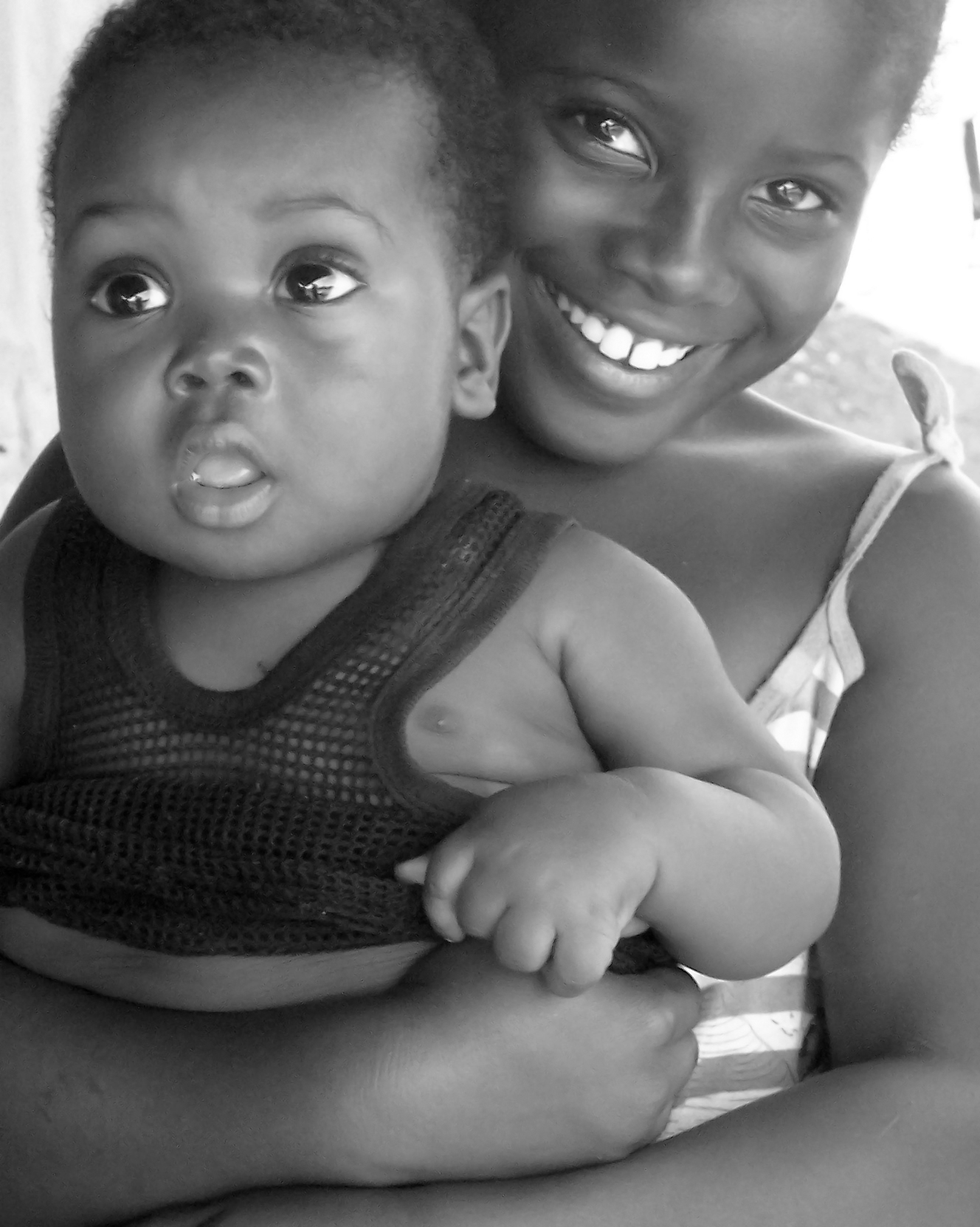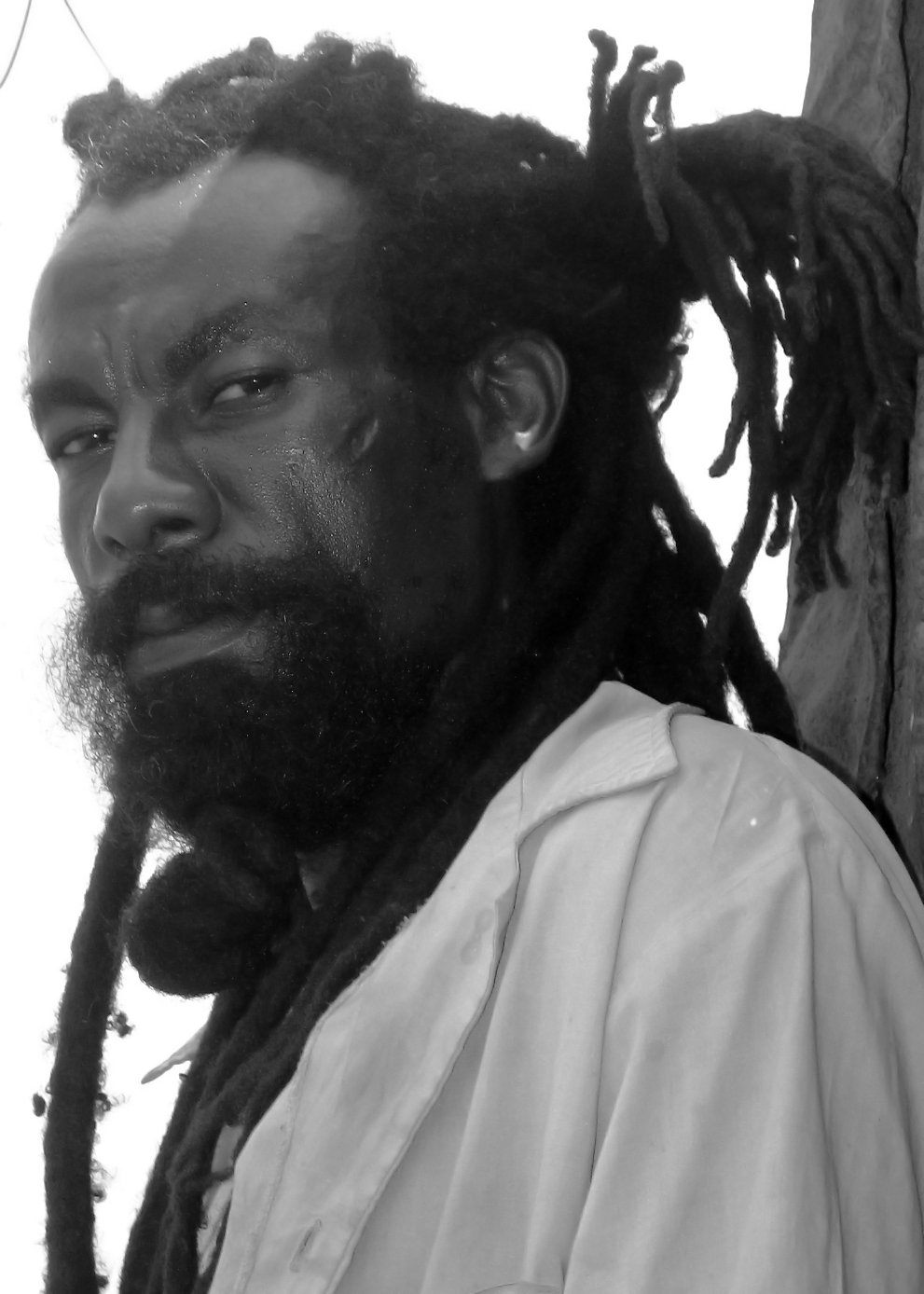The sign read Weenen. It's a small town in KwaZulu Natal. Above the name was a street sign, indicating that the crossroad was Retief Street, though it was difficult to read, as the area surrounding the word Retief was pockmarked with bullet holes.
I was in South Africa, shooting Posh Corps, documentary about modern Peace Corps volunteers. I set up the tripod and camera next to the road specifically to capture the sign. The almost illegible name of Retief Street was a very telling reminder of the turbulent history of South Africa. In order to capture Peace Corps volunteers as characters, I knew that I would not be able to delve into these historic details in the documentary. It was a shame, because like everything else in South Africa, the historical details are epic.
Weenen is in the Battlefields region of the Drakensberg Mountains. The region is so named for the deadly tribal conflicts which repeatedly engulfed the region. Shaka the Great had unified the disparate Ngundi tribes in the region, giving birth to the Zulu nation. Shortly thereafter, the Voortrekkers, a tribe of Afrikaners, entered the region.
Piet Reief, the Afrikaner leader who inspired the name of the street in Weenen, lead his people away from the shores of South Africa into the interior. Their lands had been annexed by the British Empire, and the Afrikaners, descended from earlier Dutch settlers, were seeking freedom from British dominion. They trekked across the vast deserts, mountains and plains of South Africa, eventually arriving in what is now KwaZulu Natal.
Their negotiations with the Zulus, to purchase lands in the Zulu Nation, turned sour. Aproximately 200 Afrikaners, including Piet Retief, were killed by the Zulus. The surviving Voortrekkers managed to escape, and establish a new settlement. They called it Weenen, an Afrikaans word, which means, to weep. The name was fitting, as Weenen was right at the center of the wars that followed between English, Afrikaners, and Zulus. Eventually, the English relinquished their claim in South Africa, and Weenen became the place in which the methods and philosophies of Apartheid were first conceived.
Ryan, the Peace Corps volunteer who I had come to interview, lived in Ezitendeni, which stood as a virtual tribute to this legacy. Ezitendeni, is a township outside of Weenen. The word is Zulu. It means, under a tent. The white inhabitants of Weenen repossessed the Zulu lands in the area and redistributed the land to Afrikaner owners. The Zulus were moved to a temporary tent camp until they could be permanently relocated. This permanent relocation never happened. Ezitendeni became a blacks-only zone under the Apartheid regime. It evolved from a tent camp to a full township.
Though South Africa is now a democratic nation, the scars of Apartheid still linger. The epic history still looms over everything that happens in the country. Every Peace Corps volunteer must learn to cope with constant reminders of exploitation. At first glance, the relatively modern infrastructure may seem like it would make service easier, but even newer infrastructure within South Africa is built on foundations first imposed by the Apartheid regime.
Ryan's site is a perfect example. Ezitendeni has a few paved roads, plumbing, storm sewers, and street lights. It is extremely modern by African standards, but, the Zulu residents of Ezitendeni are descended from farmers and herders who were forced to give up their livelihoods and move to a camp. The Apartheid government refused to provide the residents with more than the most basic education. The people who stay in Ezitendeni, do so because they have no ability to leave. One could argue that the Zulus who managed to avoid the forced redistribution so many years ago, who still live in deep rural areas with forty head of cattle and no electricity, have more wealth and opportunity than those who live in the township, despite the modern infrastructure.
How comforting is this infrastructure to a volunteer when it serves as a reminder of the socioeconomic trap from which the population cannot escape? Ezitendeni perfectly demonstrates one of the hidden truths about volunteering in South Africa. Peace Corps volunteers in South Africa must be mentally tough, almost callous, if they are to make it through their service.
Ryan was certainly tough. She had been described to me anecdotally as "a bulldozer." Nothing was going to get in the way of her goals. She had extended her service for a third year in order to create a youth development organization in Ezitendeni, the Simunye Youth Development Project. Ryan dragged her organization into legitimacy through sheer stubbornness. It seemed to me that her methods were often a bit inflexible, but the results were hard to ignore. Ryan's organization had undoubtedly made a real difference in many people's lives.
In Ryan's view, a Peace Corps volunteer should be totally selfless. The Peace Corps volunteer should drop into a community, integrate deeply, take no credit, and then disappear only when the objective of sustainability has been achieved. This was a problem for me. My documentary was focused on the Peace Corps volunteer lifestyle. Ryan would have to be a real character, and she preferred to think of her organization as the star of the show.
Whenever I asked her questions about her Peace Corps experience, she diverted to talking points about Simunye. After two days of shooting, we were both frustrated. I was frustrated that I couldn't seem to reach the real person behind the Peace Corps volunteer. Ryan was frustrated that I was more interested in her than in the organization. We actually got into an argument about the issue after a day of shooting in the rural areas. I seriously considered giving up on Ryan's story. I started thinking that it might be smarter to pack up the car, drive away, and find another volunteer.
I was convinced to stay by my associate producer. We worked out a plan that we thought might help us reach Ryan on a personal level. Rather than doing a 90 minute interview every day, as I had done at other volunteer sites, I scheduled a single four hour interview for my final day at Ryan's site. Hopefully, she would be too tired by the end to stick to the talking points. We started in the morning. I asked Ryan all about her organization, about the struggles of development, about the nitty-gritty details. After several hours, I broached the subject of her personal struggles. It worked, she dropped the talking points and started talking about her own feelings.
Ryan and I were both Peace Corps South Africa volunteers, and had endured the mental endurance test that accompanies life in the country. Our service had made us both tenacious and stubborn. Thanks to these attributes, Ryan managed to create a new organization, which truly transformed the lives of youths in Ezitendeni, and I managed to finish the first documentary to capture the experiences of Peace Corps volunteers during their service.
-Alan Toth



